Denzil Hurley, Reginald Sylvester II
Beyond the Frame: Abstraction Reconstructed, Jan 16 – Feb 22, 2025
Past: 60 Lispenard St
Installation view Beyond the Frame: Abstraction Reconstructed, CANADA, 2025
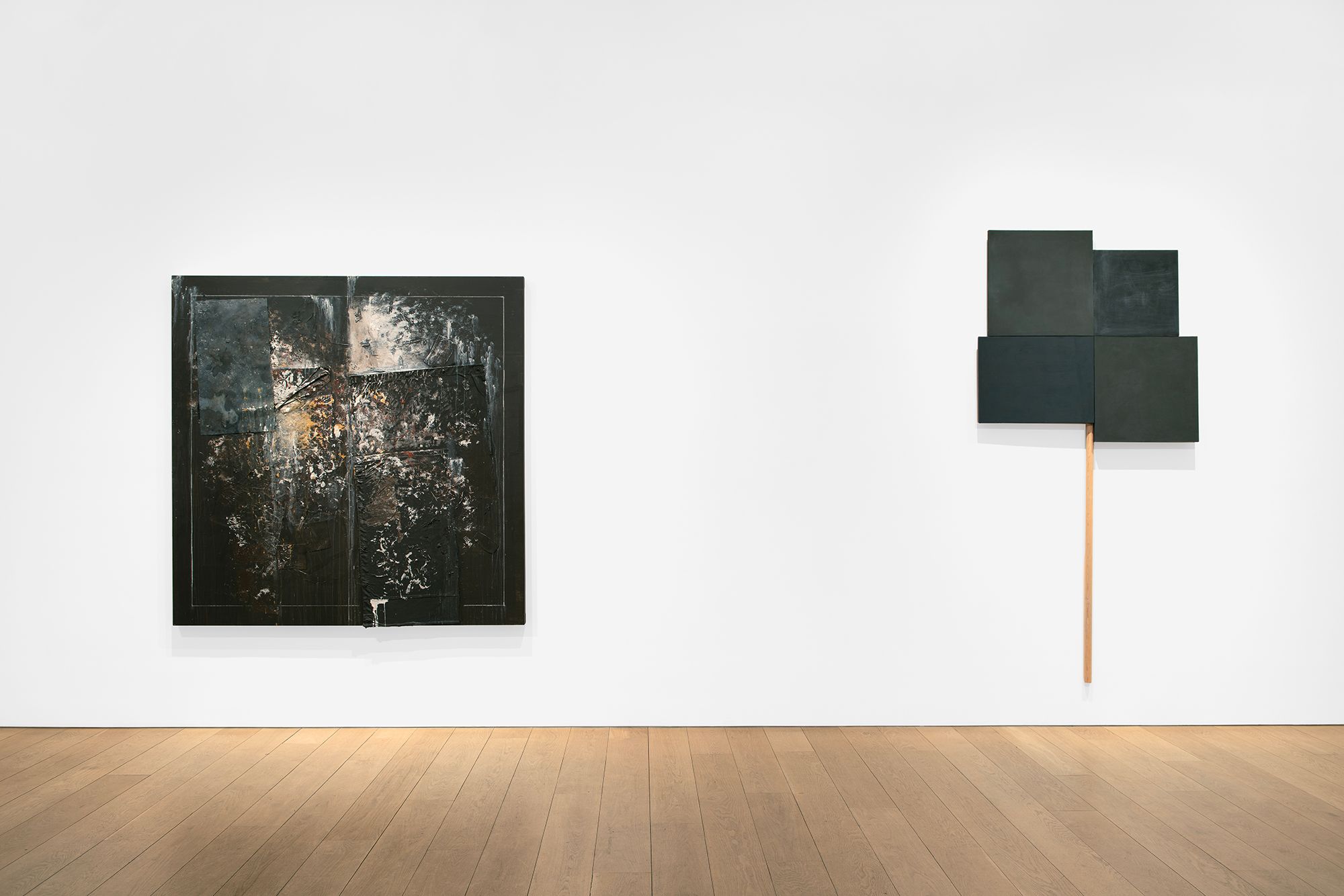
Installation view Beyond the Frame: Abstraction Reconstructed, CANADA, 2025
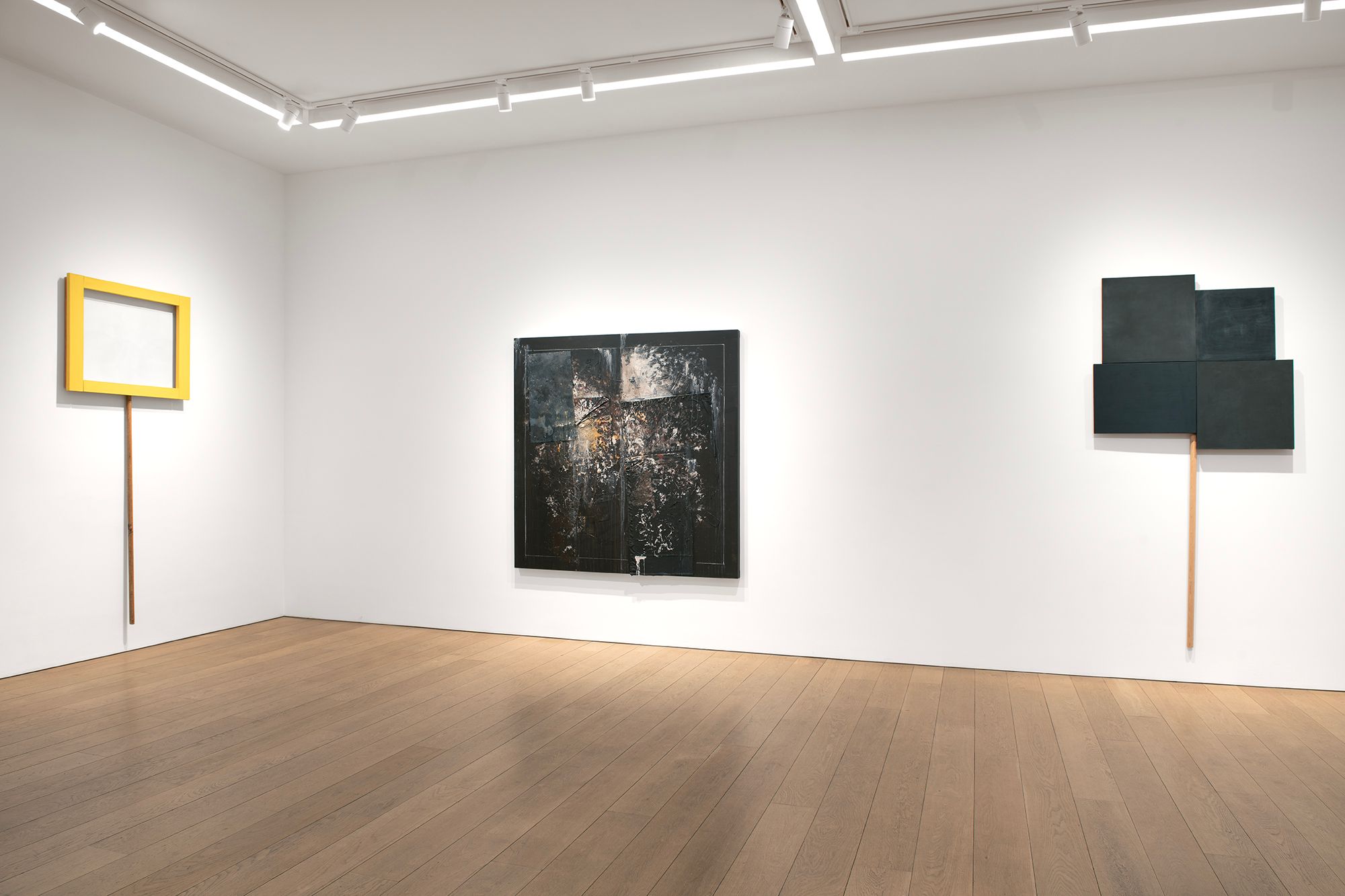
Installation view Beyond the Frame: Abstraction Reconstructed, CANADA, 2025
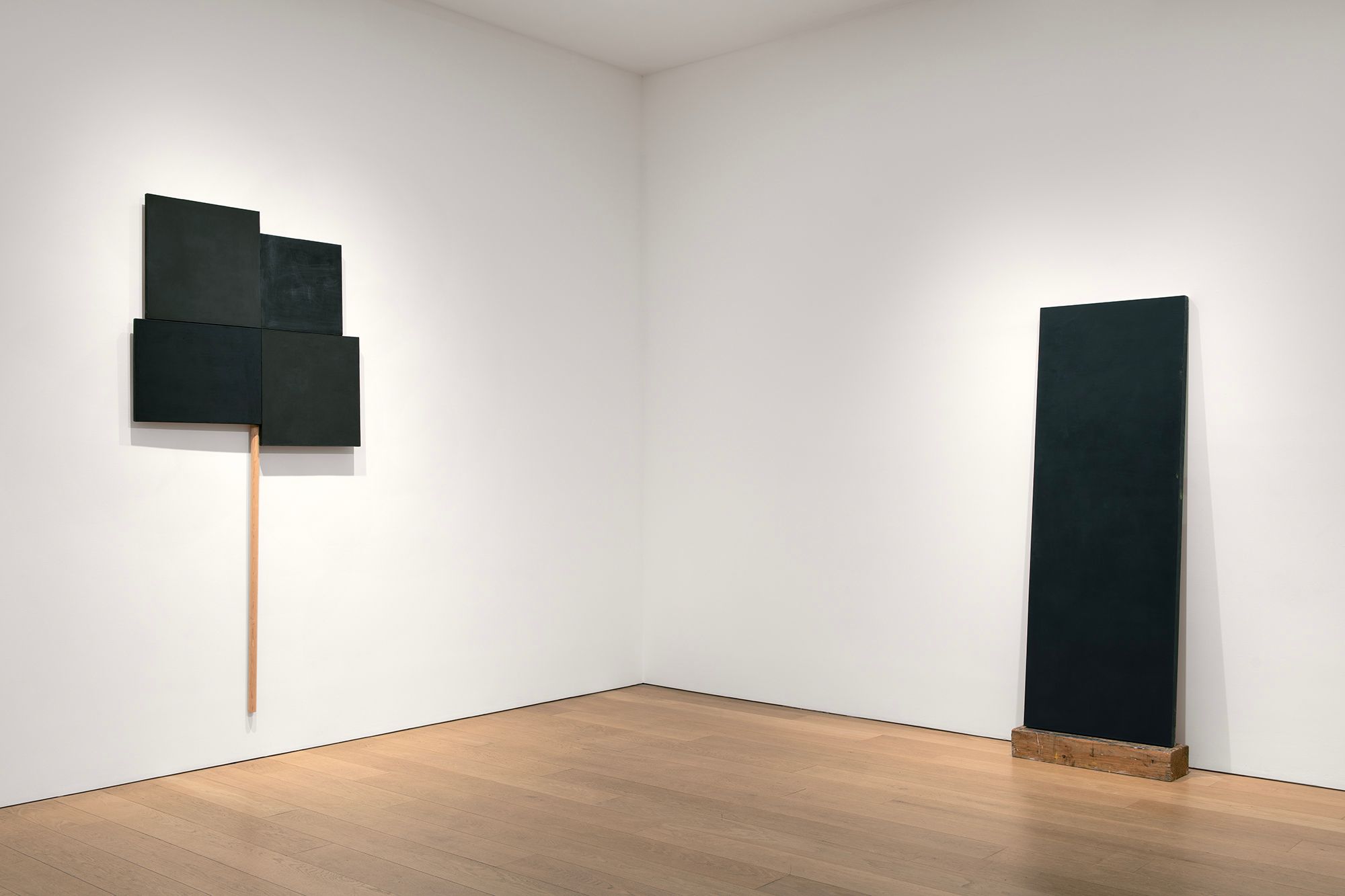
Installation view Beyond the Frame: Abstraction Reconstructed, CANADA, 2025
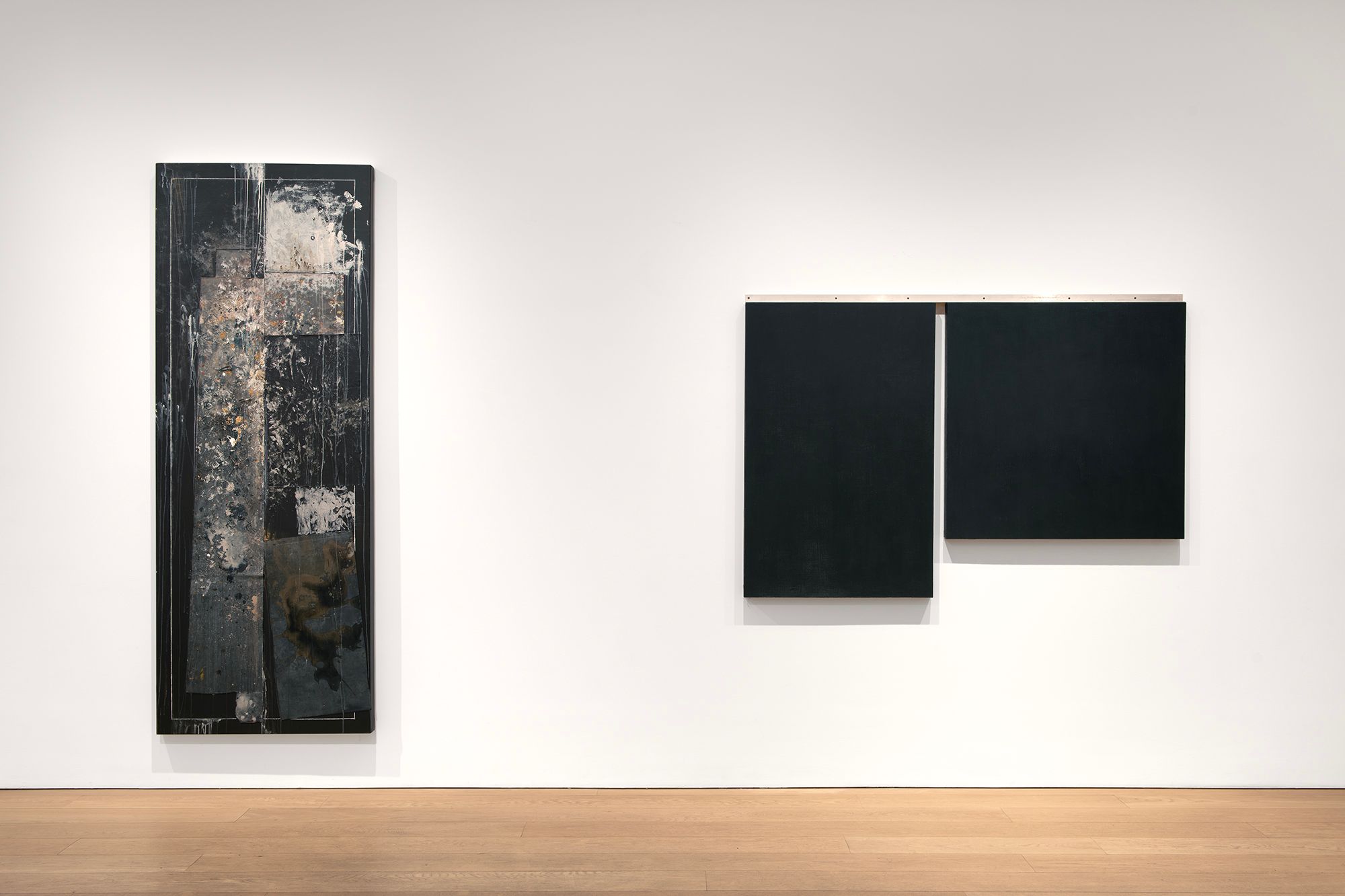
Installation view Beyond the Frame: Abstraction Reconstructed, CANADA, 2025
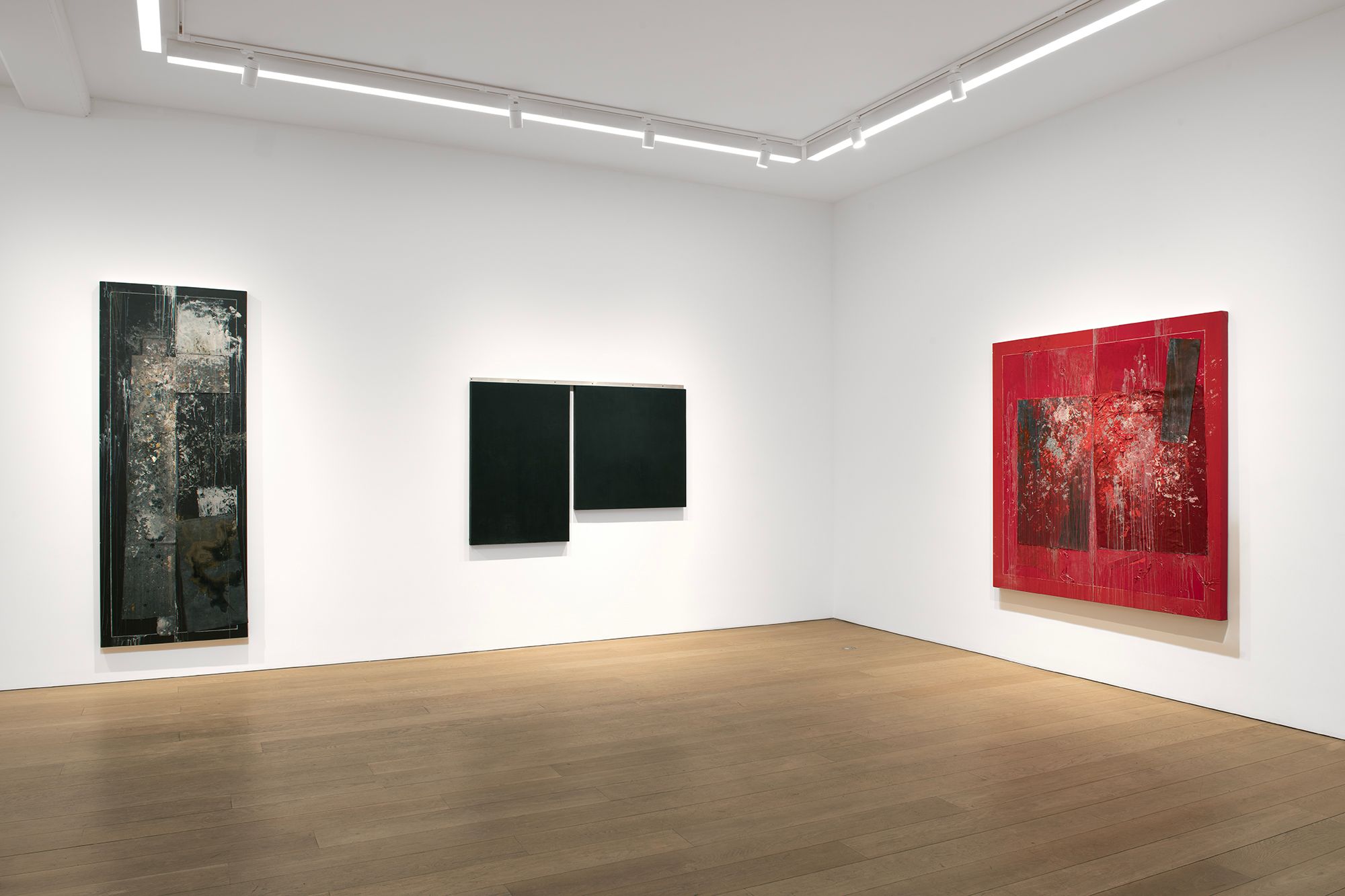
Installation view Beyond the Frame: Abstraction Reconstructed, CANADA, 2025
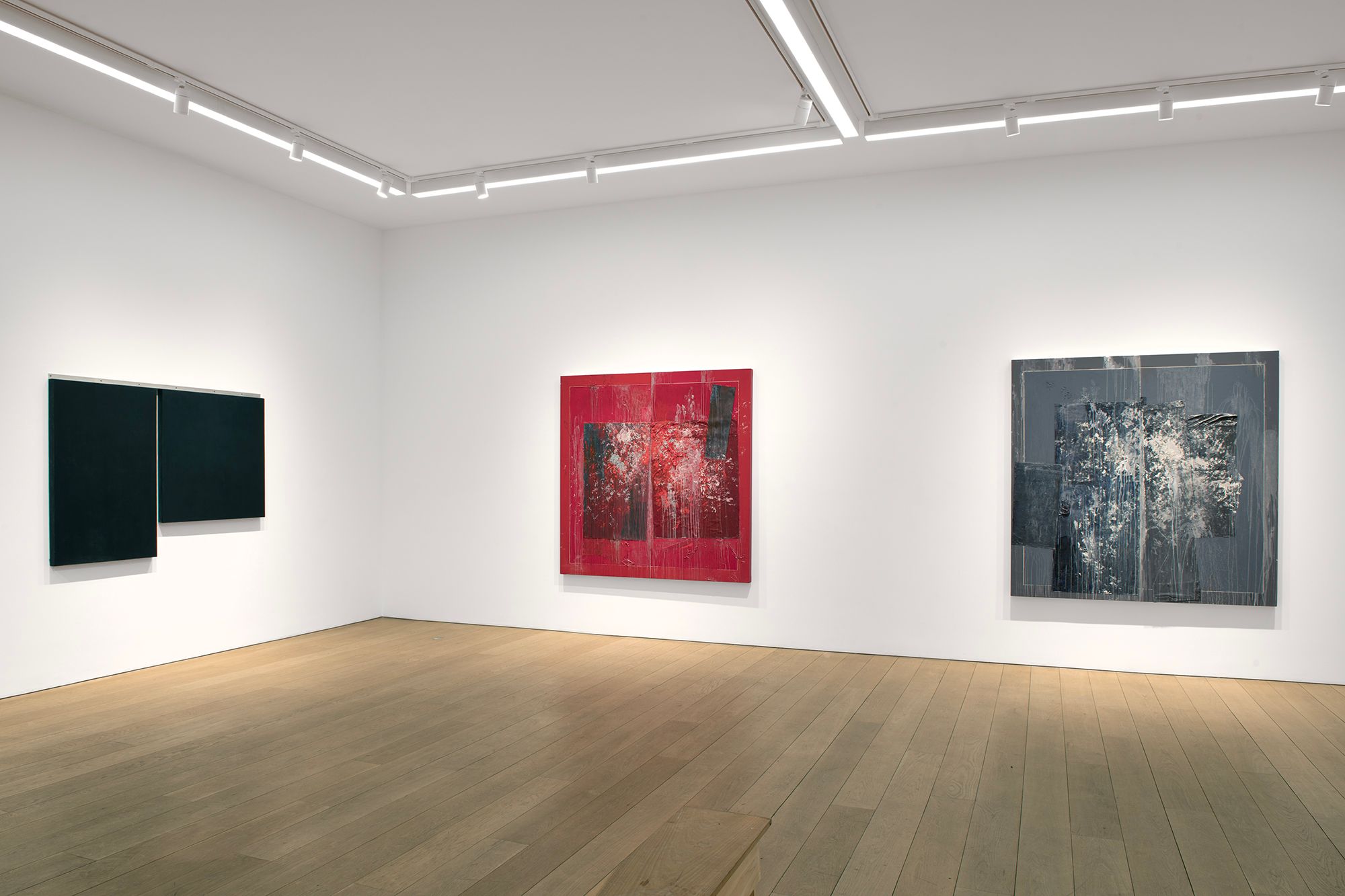
Installation view Beyond the Frame: Abstraction Reconstructed, CANADA, 2025

Installation view Beyond the Frame: Abstraction Reconstructed, CANADA, 2025
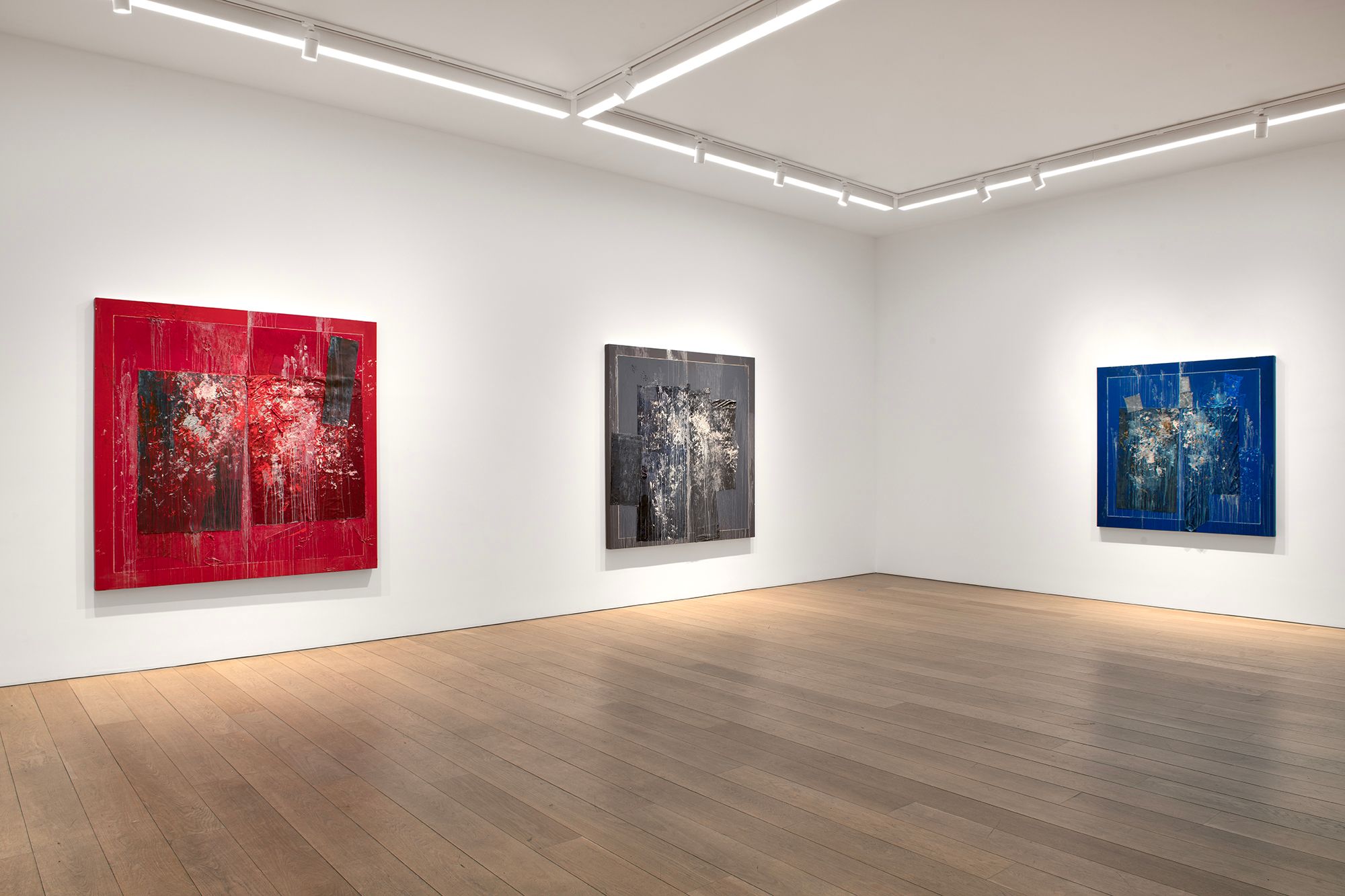
Installation view Beyond the Frame: Abstraction Reconstructed, CANADA, 2025

Installation view Beyond the Frame: Abstraction Reconstructed, CANADA, 2025
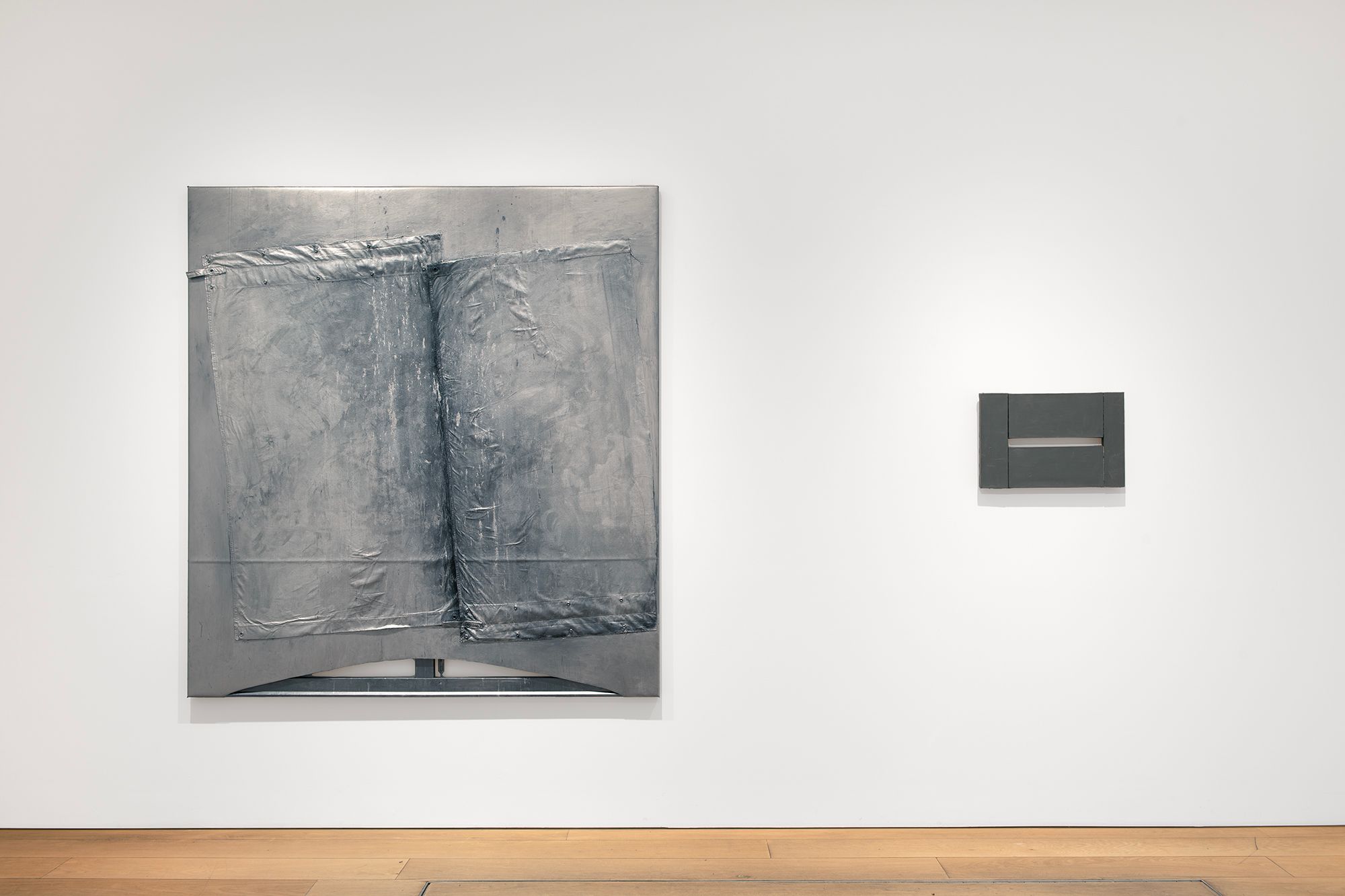
Installation view Beyond the Frame: Abstraction Reconstructed, CANADA, 2025
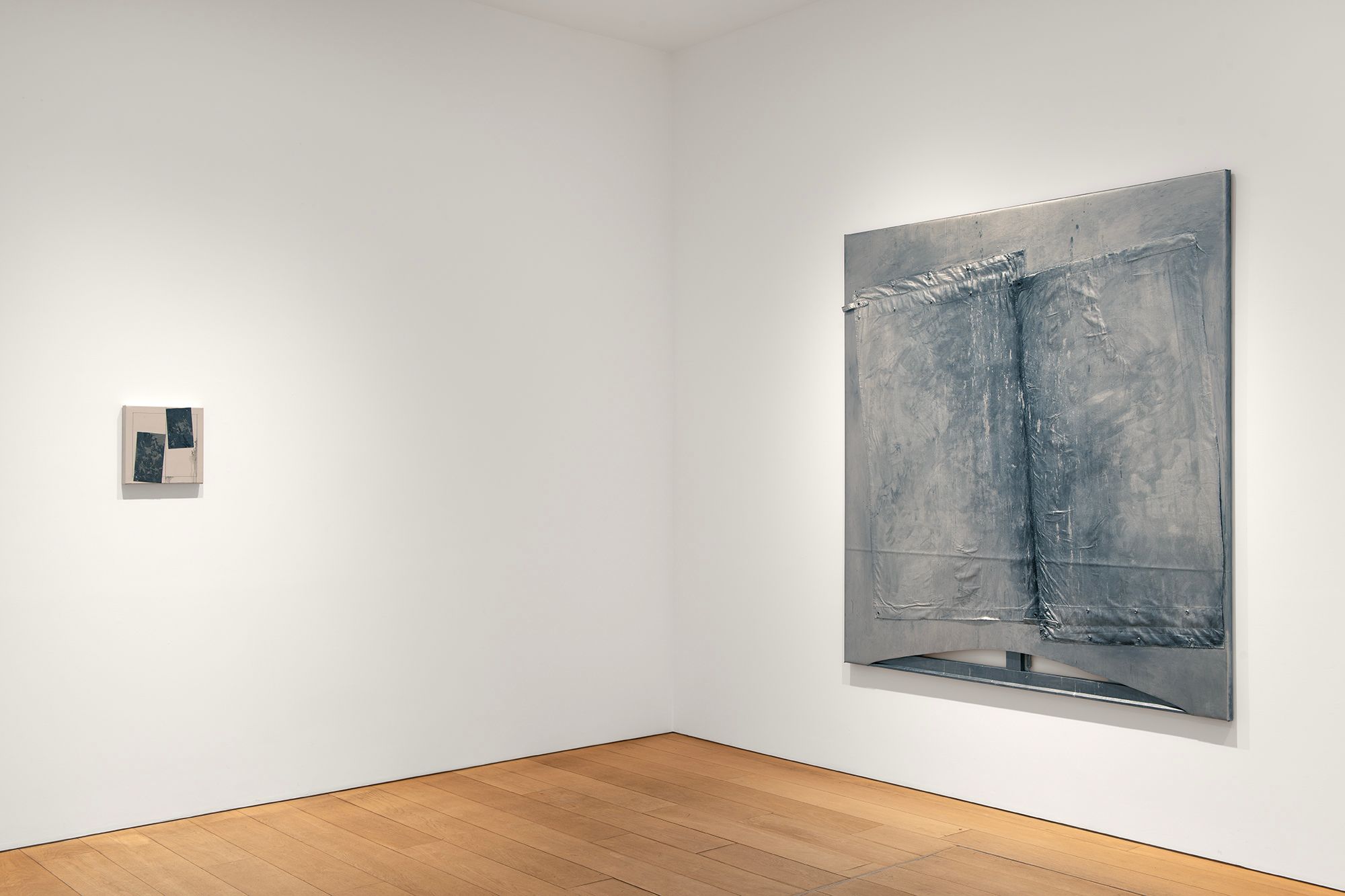
Installation view Beyond the Frame: Abstraction Reconstructed, CANADA, 2025
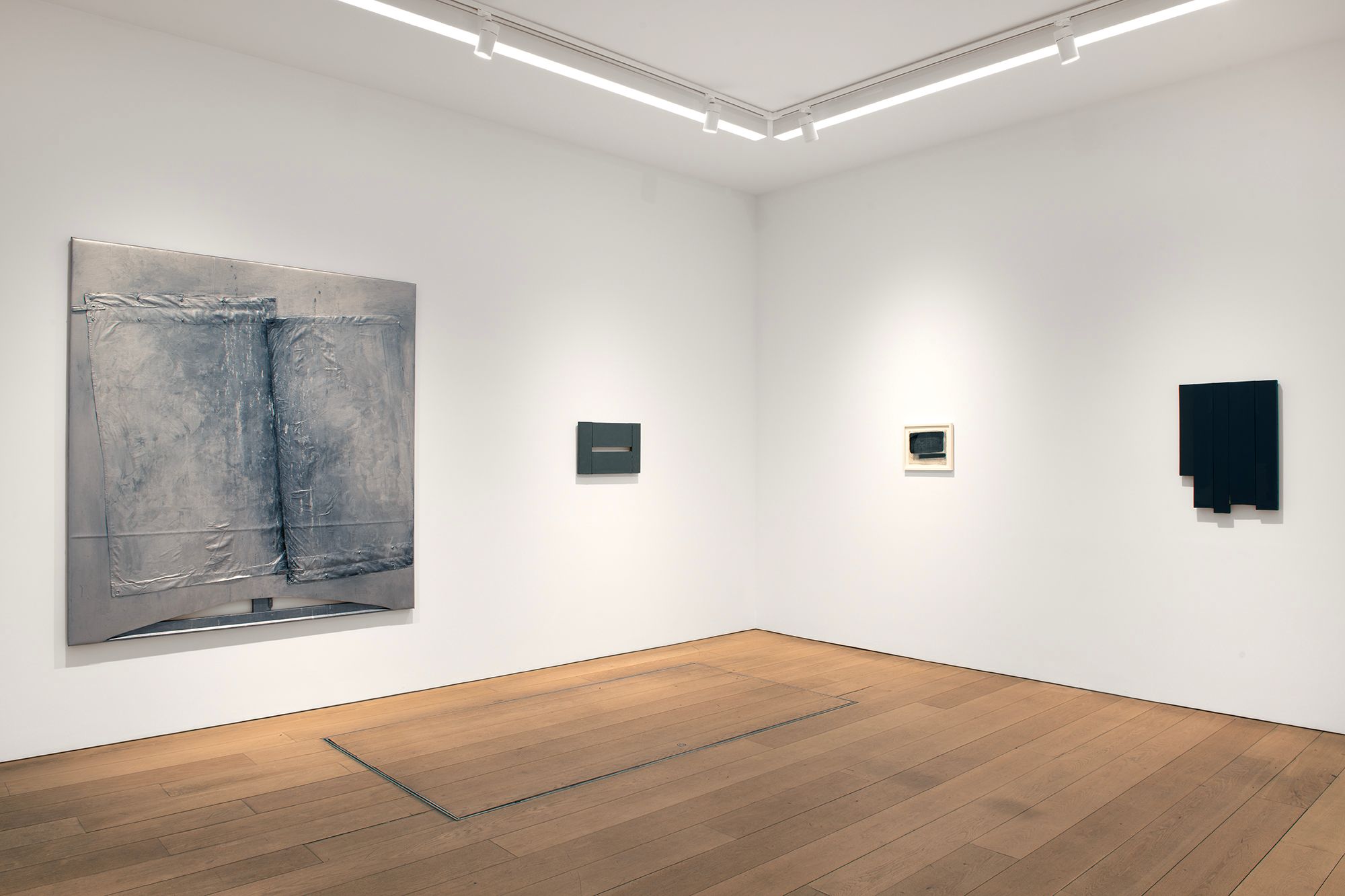
Installation view Beyond the Frame: Abstraction Reconstructed, CANADA, 2025
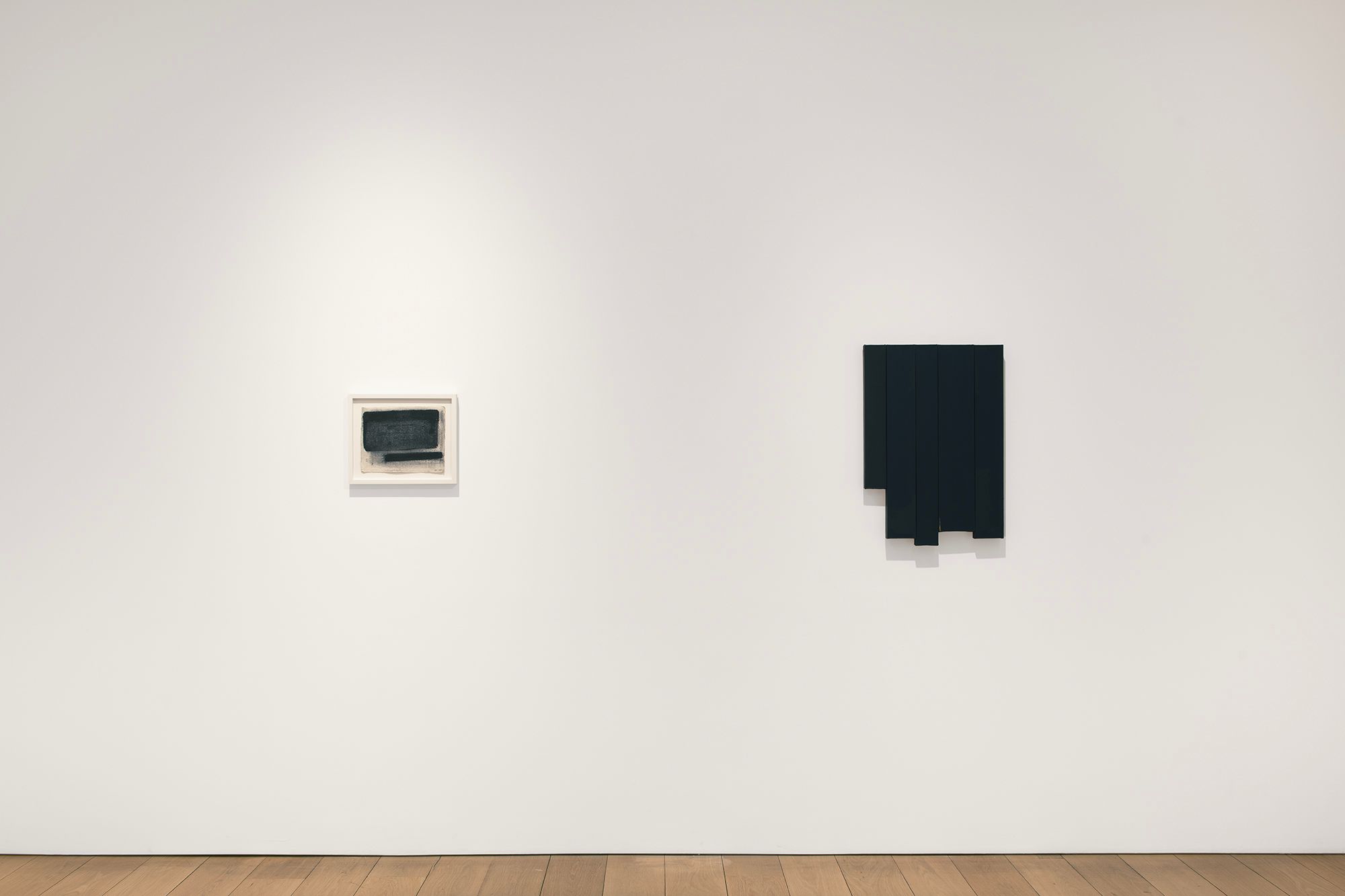
Installation view Beyond the Frame: Abstraction Reconstructed, CANADA, 2025
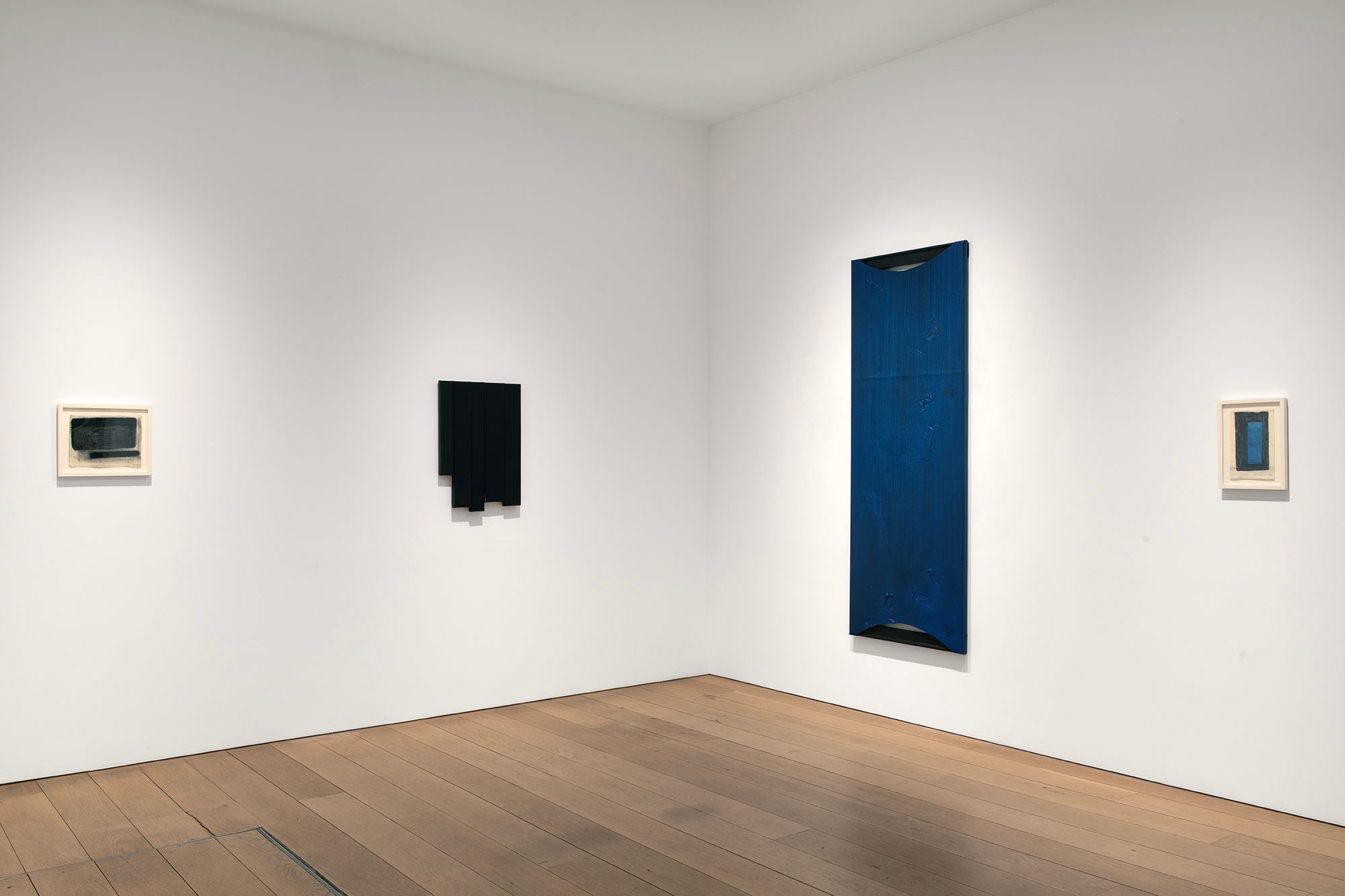
Installation view Beyond the Frame: Abstraction Reconstructed, CANADA, 2025
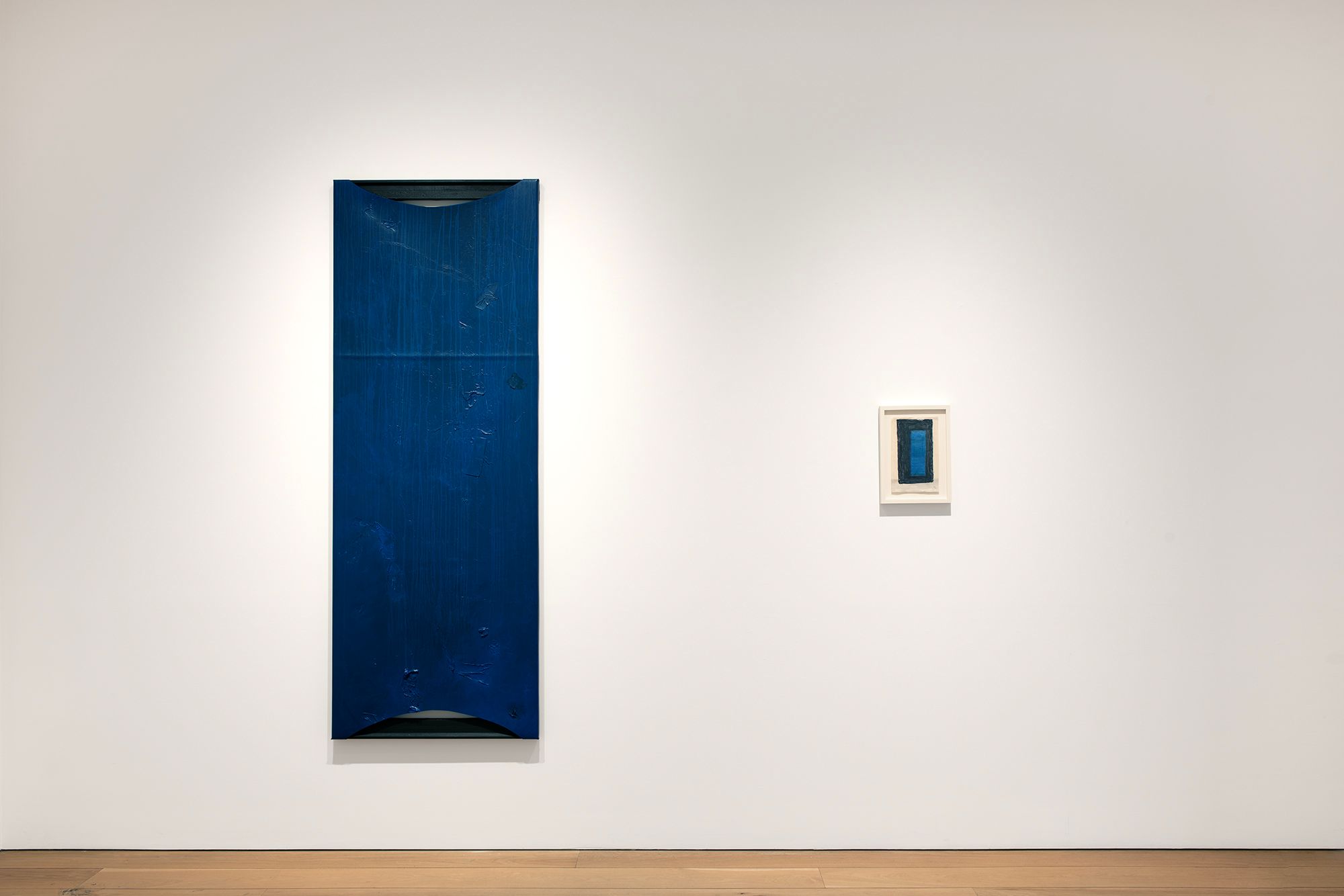
Artworks

Denzil Hurley,
Orange Glyph,
2019,
106 × 72 in (269.24 × 182.88 cm)
Oil on canvas, pole
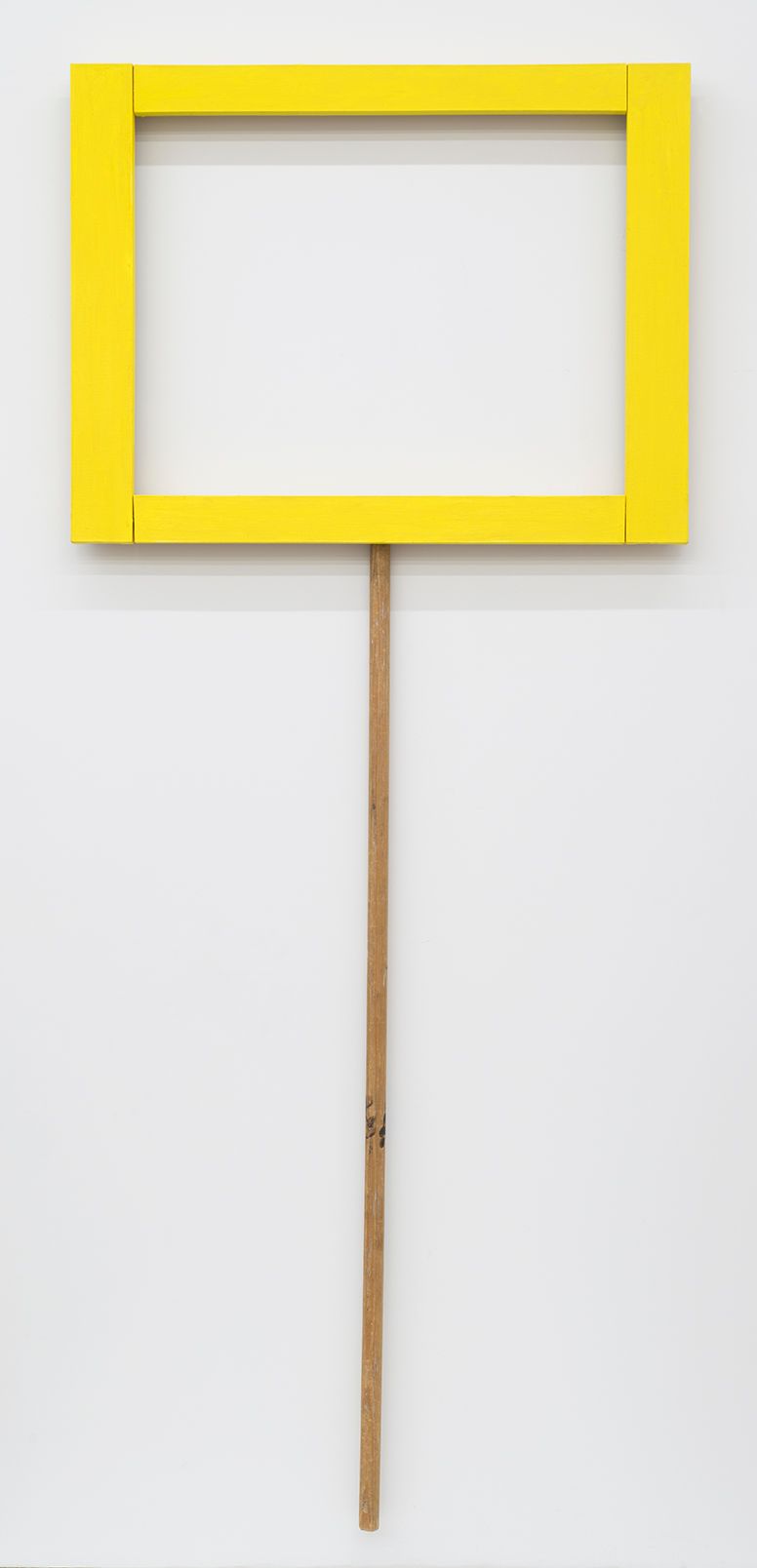
Denzil Hurley,
Glyph in 5 parts #3,
2017–2018,
98 × 40 × 2 ¾ in (248.92 × 101.6 × 6.985 cm)
Oil on linen with stick attachment
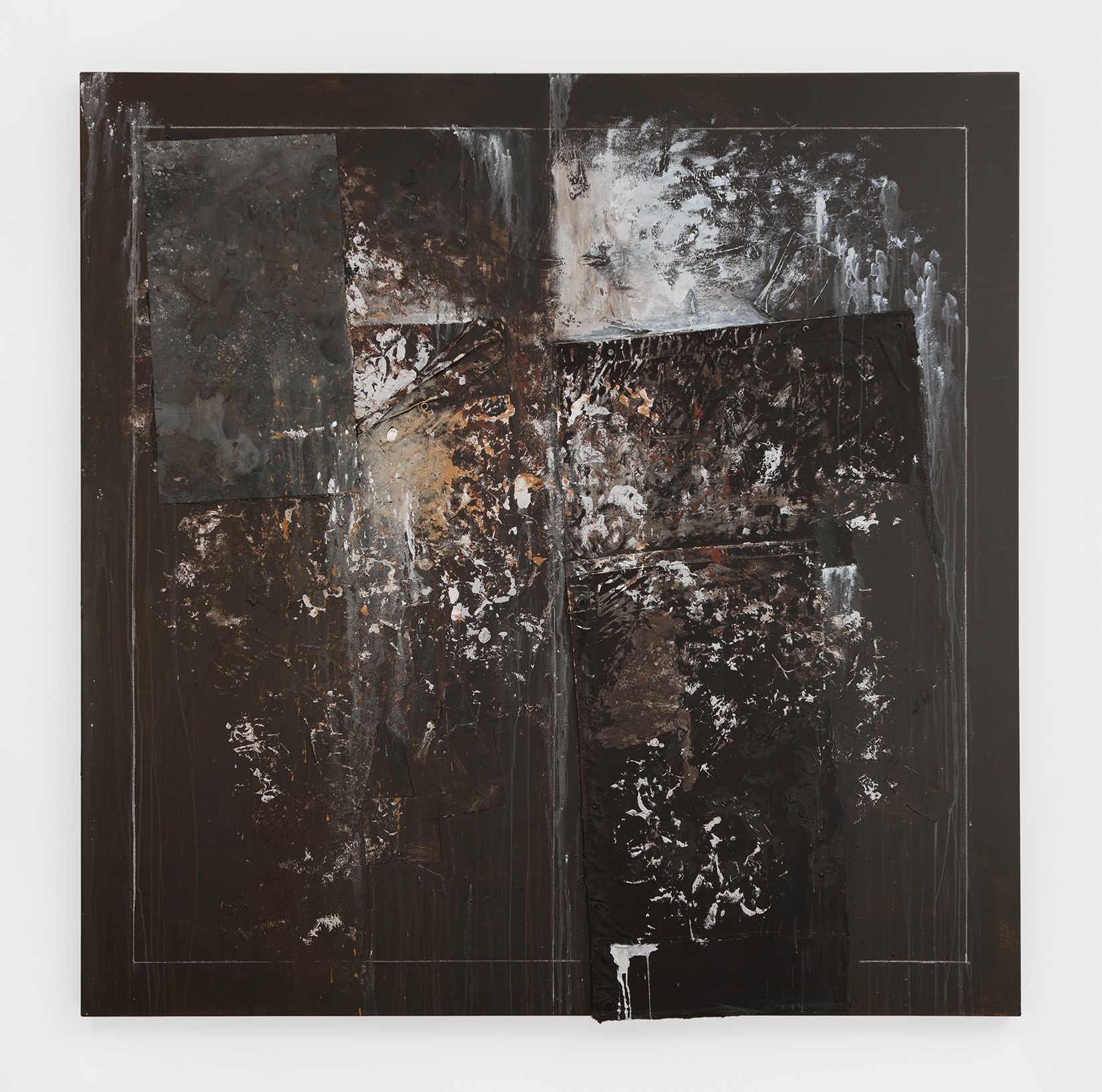
Reginald Sylvester II,
Semi 001,
2024,
72 × 72 inches (182.88 × 182.88 cm)
Acrylic, pastel, rubber, tent shell, and studio debris on canvas
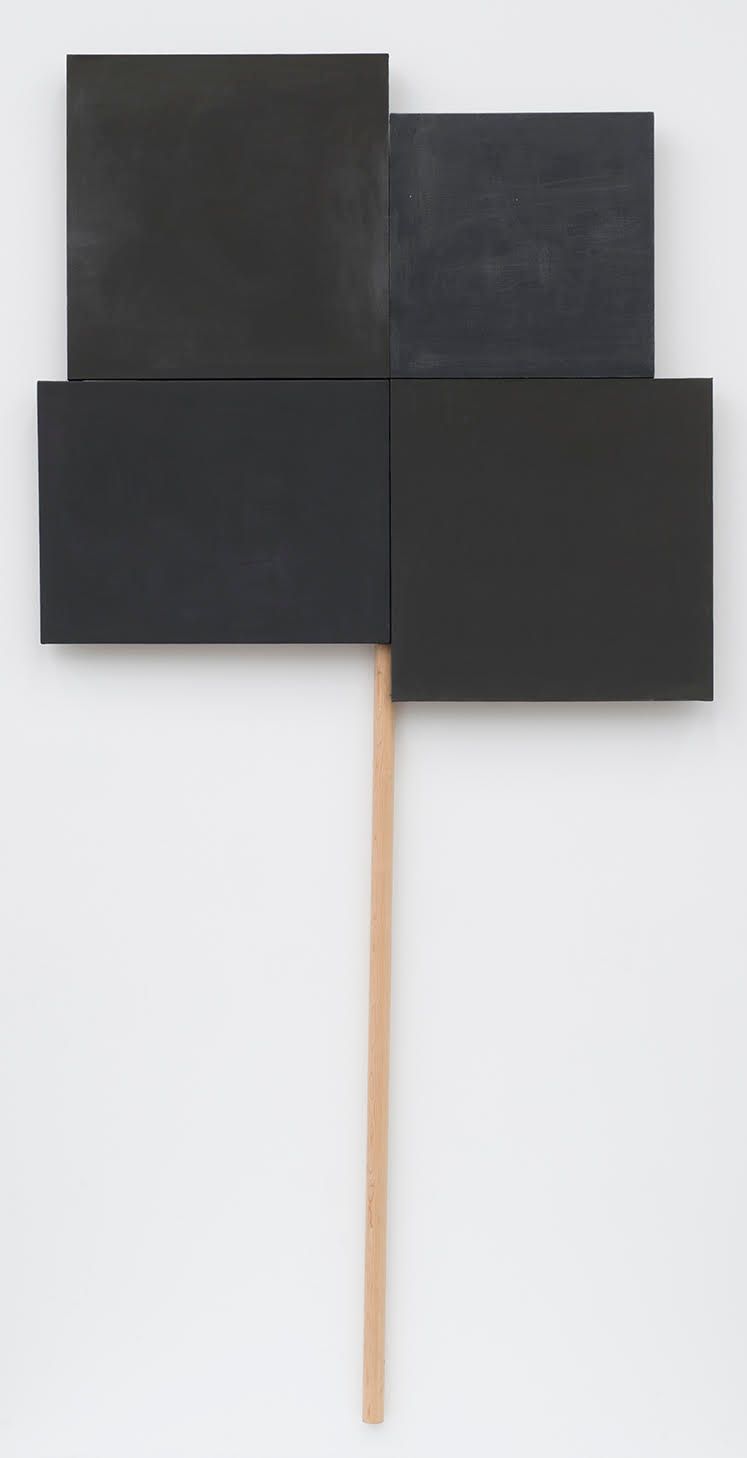
Denzil Hurley,
Form Glyph #2,
2018,
92 × 61 × 2 ½ inches (233.68 × 154.94 × 6.35 cm)
Oil on linen with stick attachment
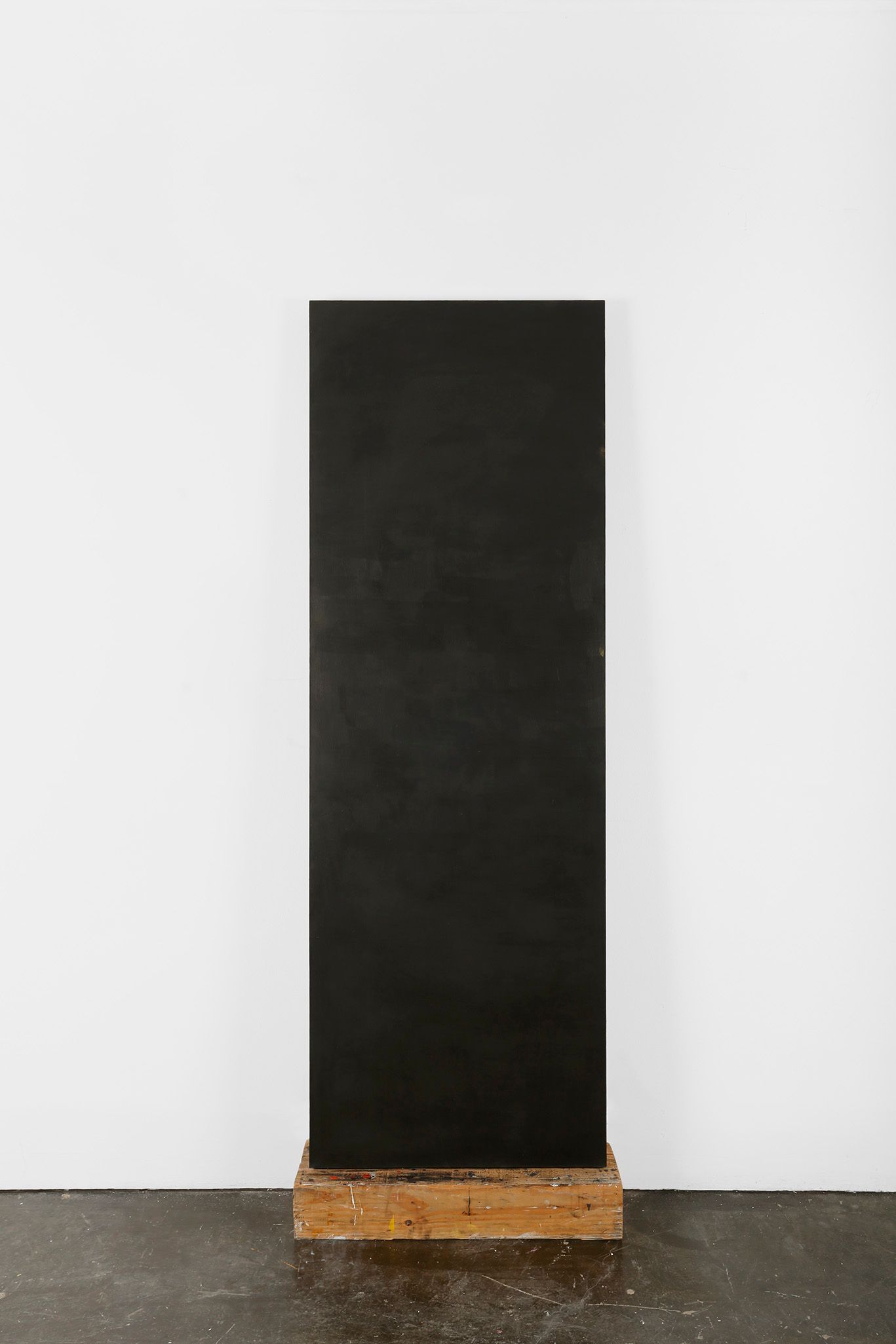
Denzil Hurley,
J2#1, Portal,
2015–2017,
87 × 30 × 9 in (220.98 × 76.2 × 22.86 cm)
Oil on canvas and wood element
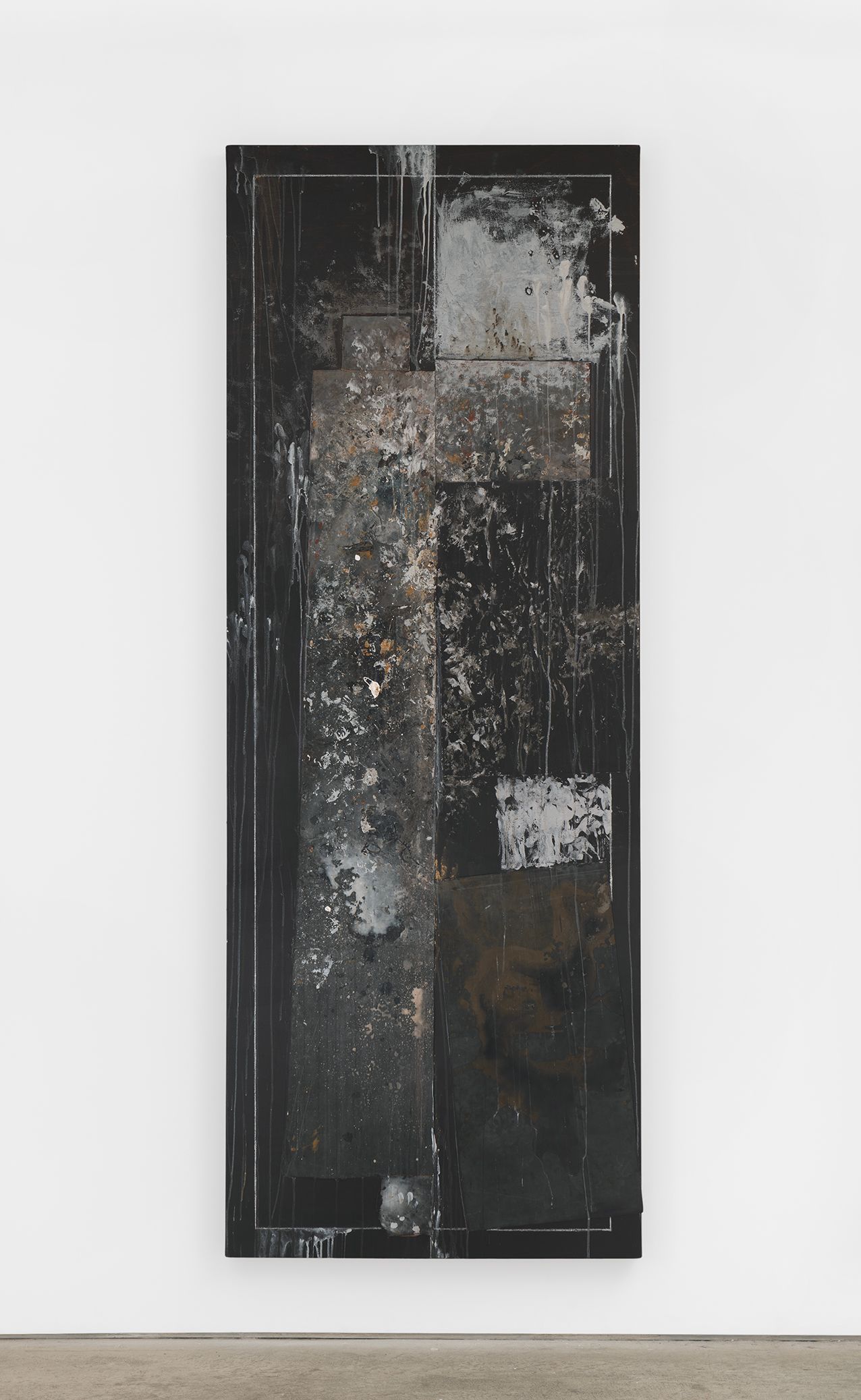
Reginald Sylvester II,
Semi 004,
2024,
92 × 48 inches (233.68 × 121.92 cm)
Acrylic, pastel, rubber, paper, and studio debris on canvas
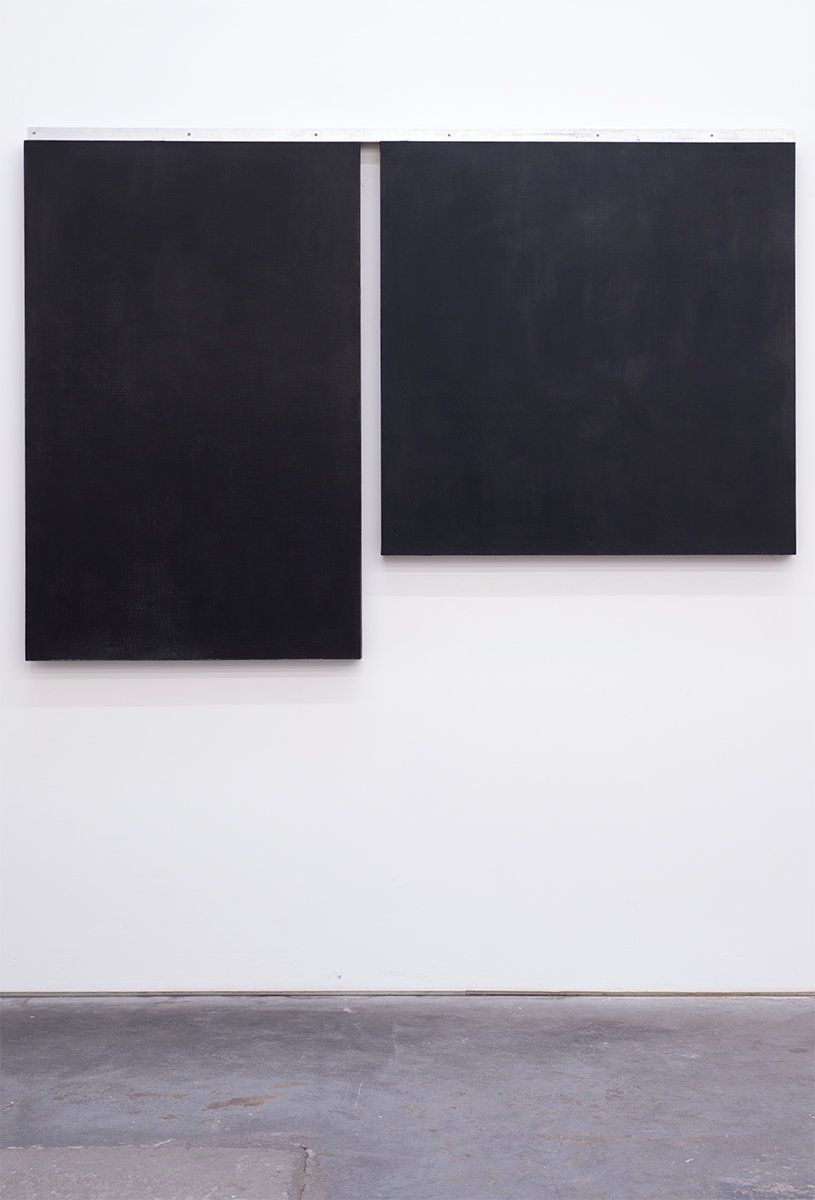
Denzil Hurley,
Equal Areas, Glyph Within, Without and About,
2016–2018, 51 ¾ × 74 ¼ in (131.45 × 188.60 cm)
Oil on linen with aluminum plate
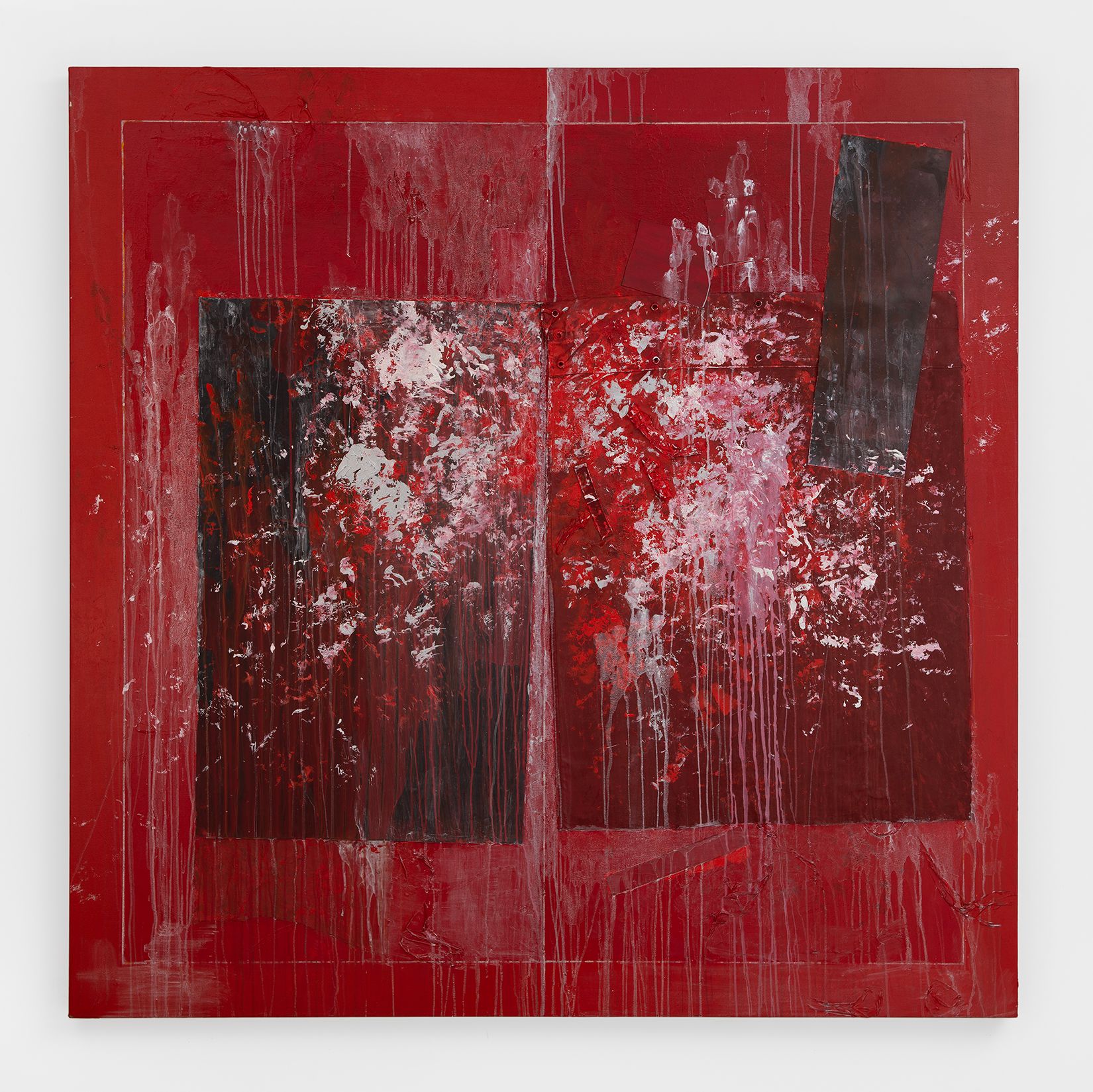
Reginald Sylvester II,
Semi 010,
2024,
72 × 72 inches (182.88 × 182.88 cm)
Acrylic, pastel, rubber, tent shell, and studio debris on canvas
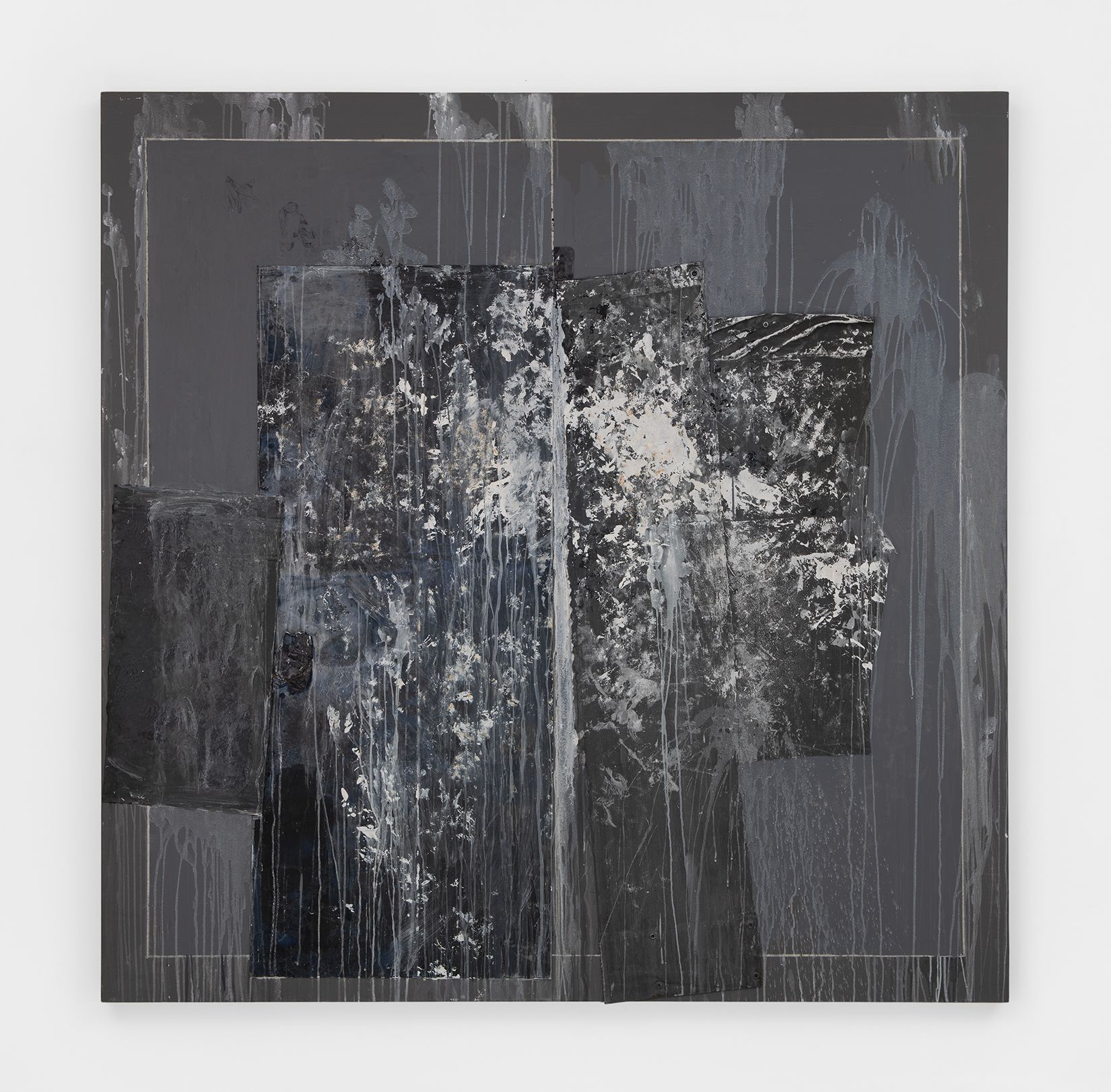
Reginald Sylvester II,
Semi 005,
2024,
72 × 72 inches (182.88 × 182.88 cm)
Acrylic, pastel, rubber, tent shell, and studio debris on canvas
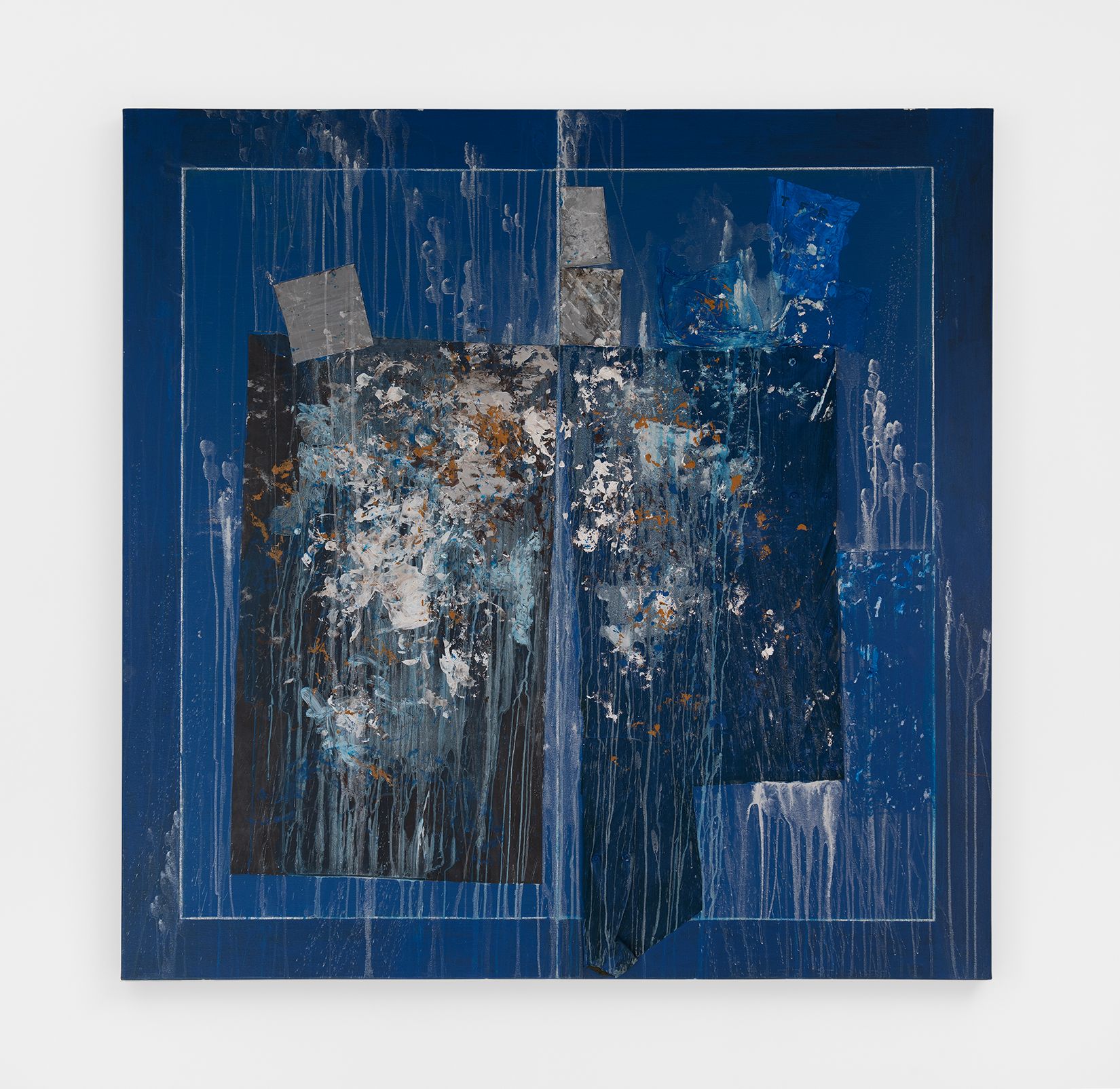
Reginald Sylvester II,
Semi 007,
2022,
60 × 60 inches (152.40 × 152.40 cm)
Acrylic, pastel, rubber, tent shell, and studio debris on canvas
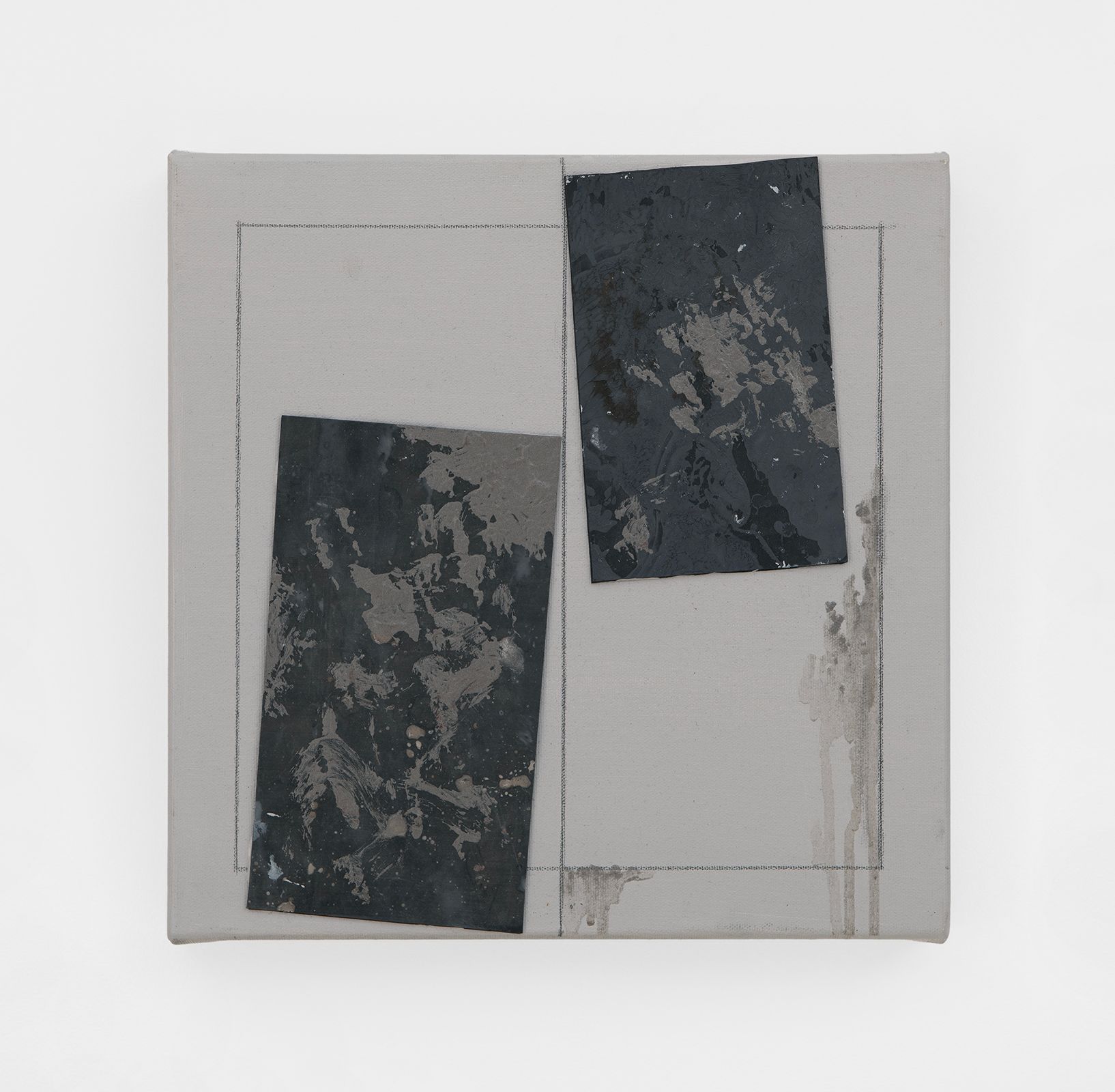
Reginald Sylvester II,
Untitled,
2024,
12 × 12 inches (30.48 × 30.48 cm)
Acrylic, pastel, rubber, and studio debris on canvas
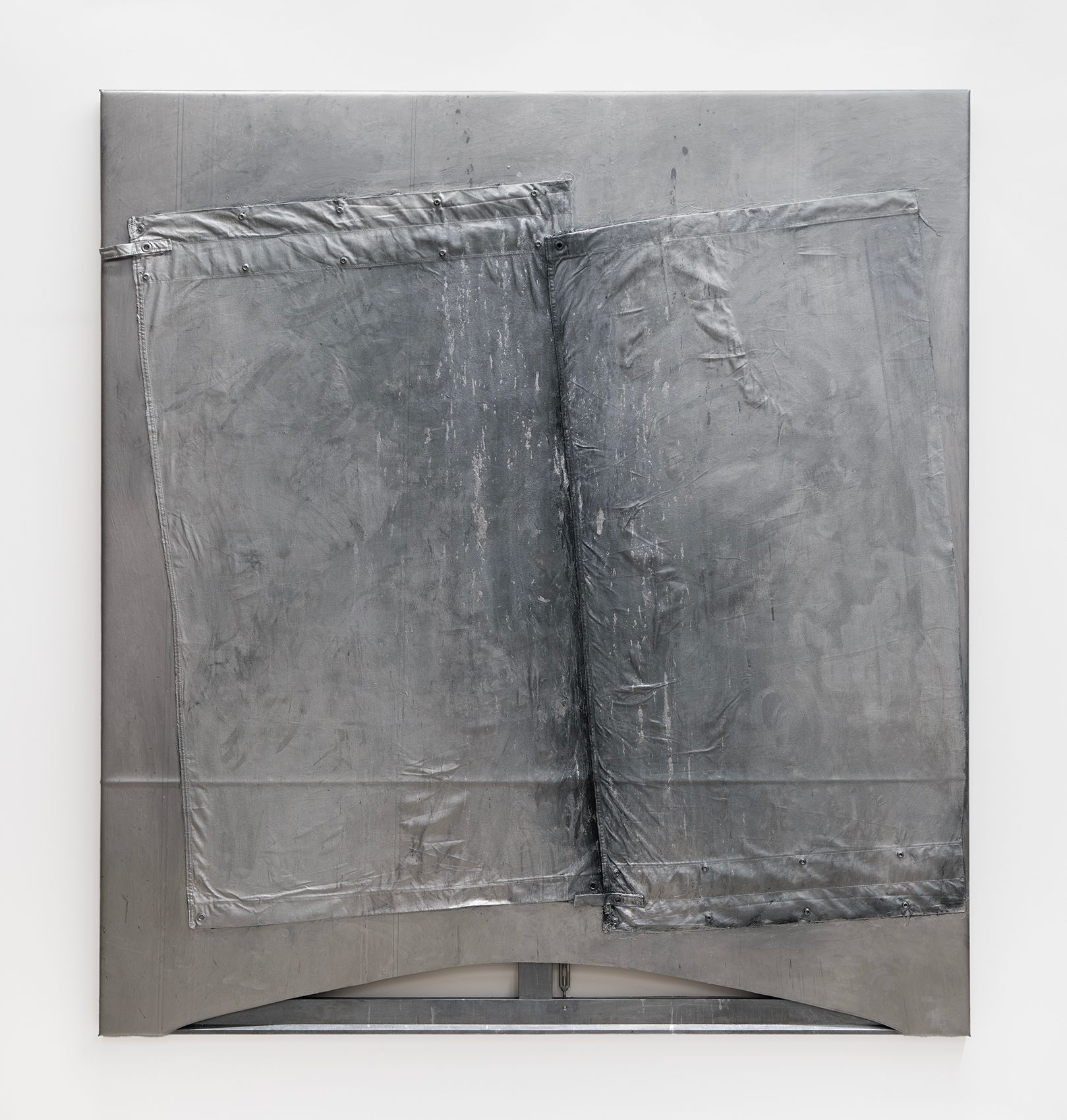
Reginald Sylvester II,
Oil Slick,
2023,
76 × 70 inches (193.04 × 177.80 cm)
Acrylic and drab shelter halves on rubber with exposed substrate
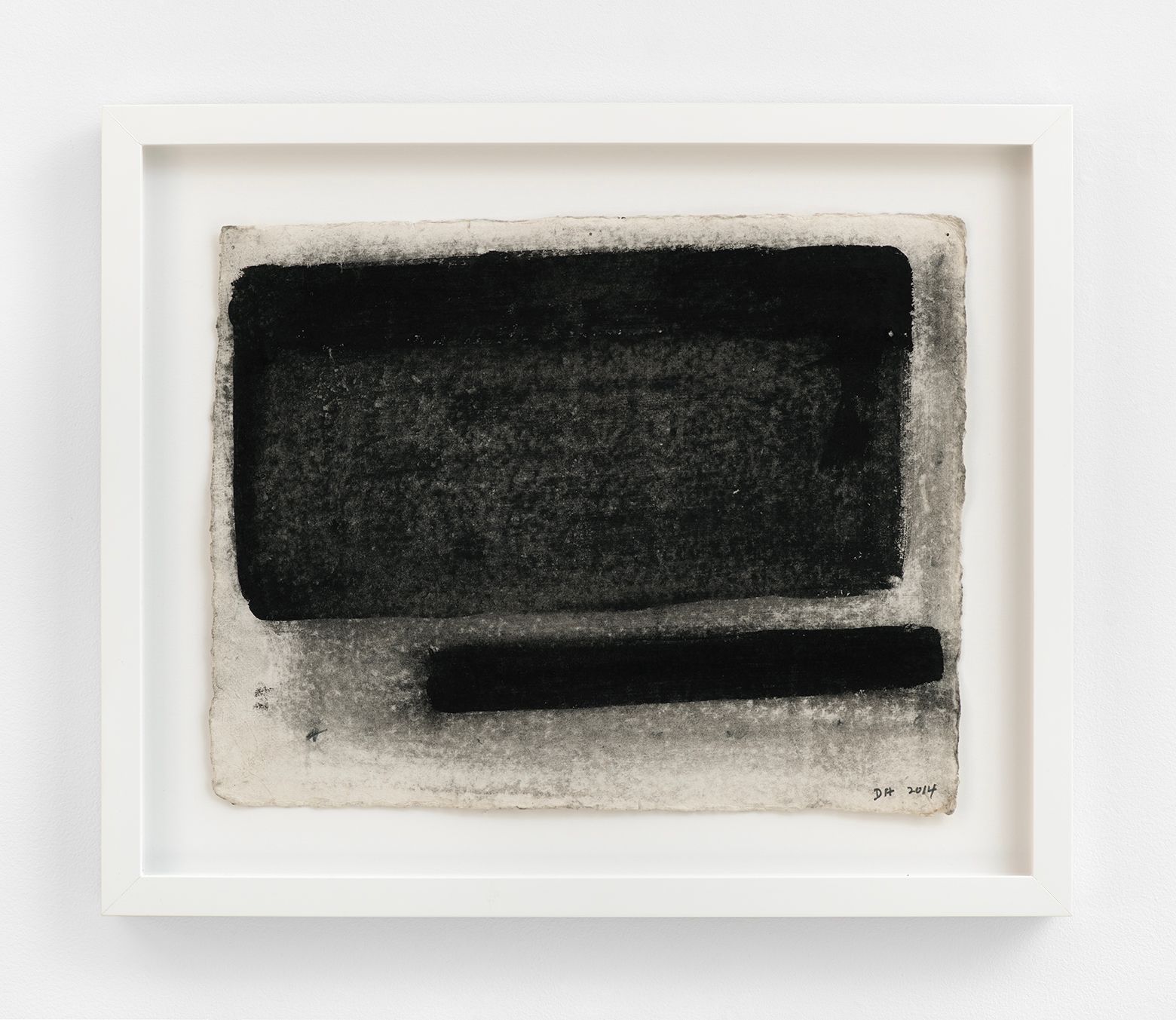
Reginald Sylvester II,
Redact #2,
2014,
12 ½ × 15 × 1 inches (31.75 × 38.10 × 2.54 cm) (framed)
Acrylic and drab shelter halves on rubber with exposed substrate
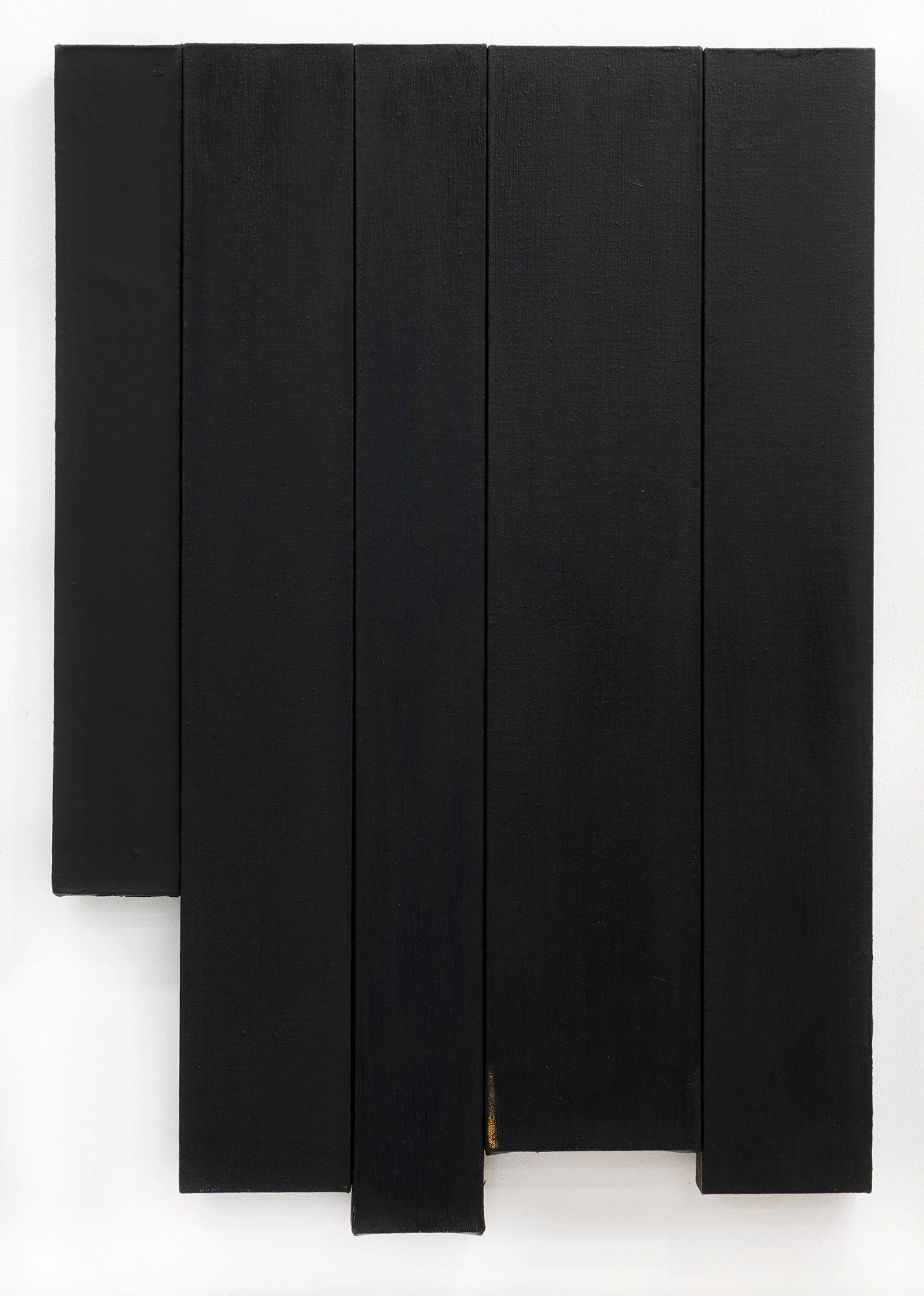
Denzil Hurley,
Strip Glyph #1,
2019,
28 ½ × 19 ½ × 1 ½ in (72.39 × 49.53 × 3.81 cm)
Oil on linen
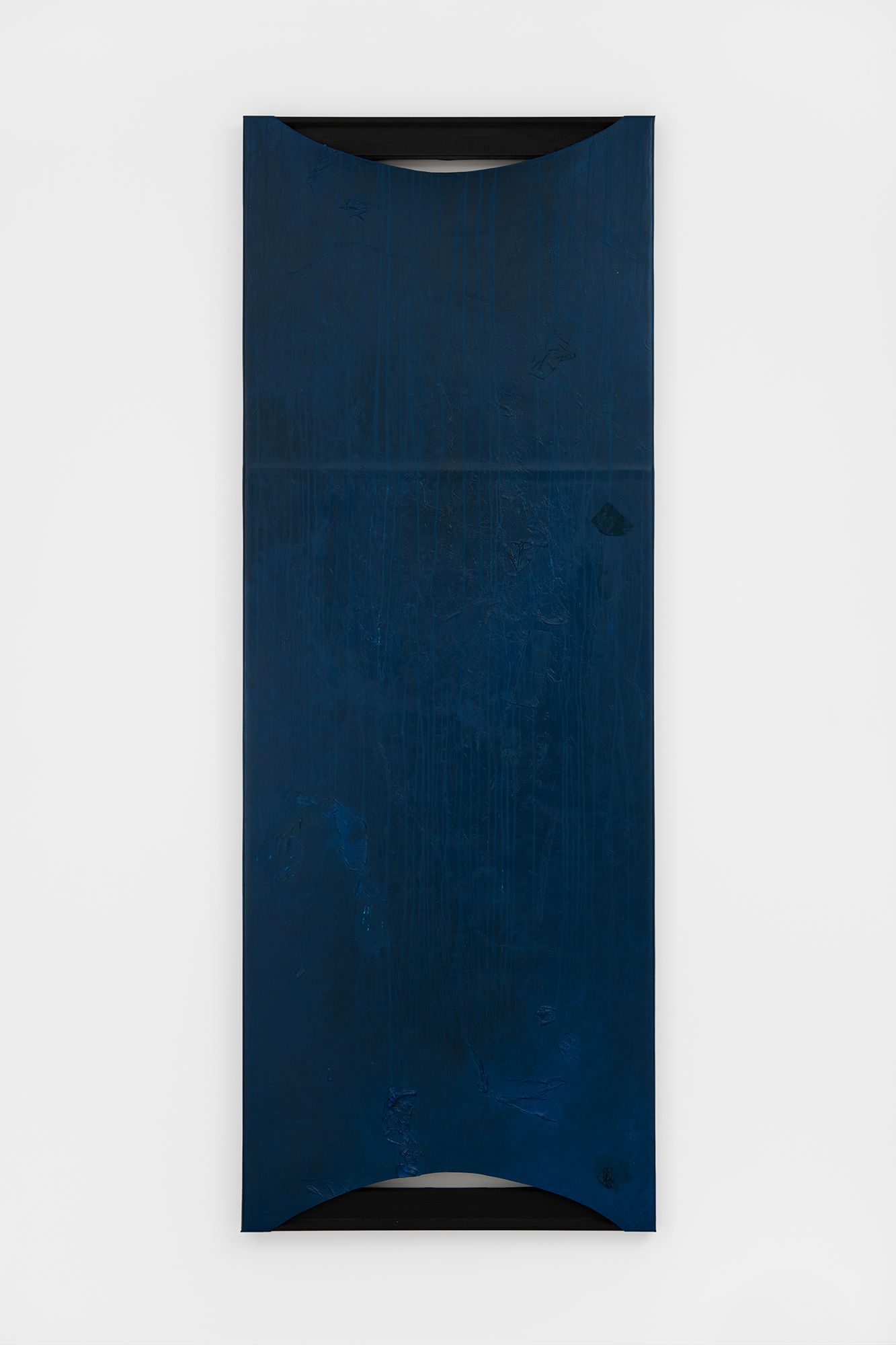
Reginald Sylvester II,
Offering (Deep Blue),
2022,
82 × 30 inches (208.28 × 76.20 cm)
Acrylic and studio debris on rubber with exposed substrate
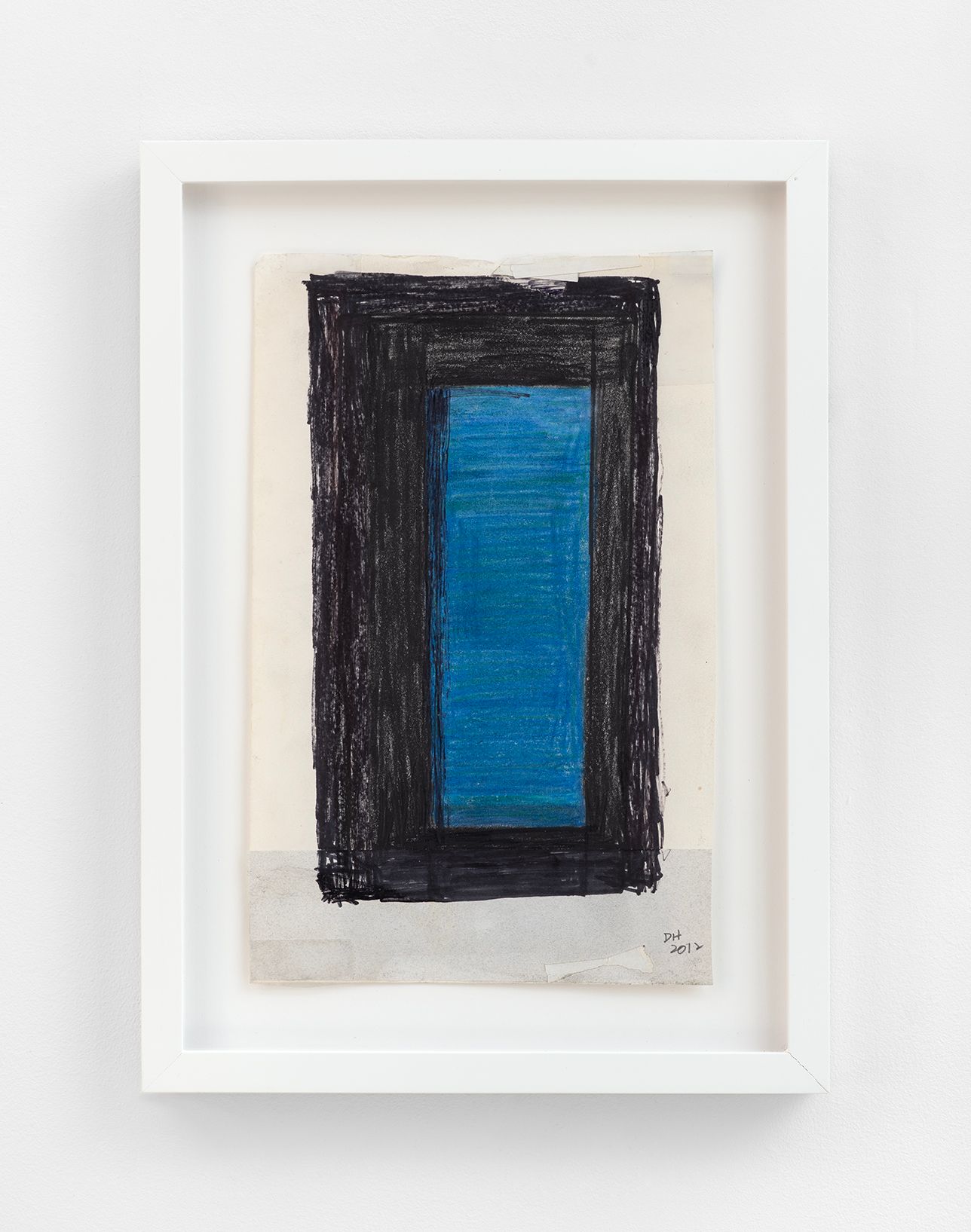
Denzil Hurley,
Portal and the Deep Blue #1,
2012,
14 ¼ × 10 ½ × 1 inches (36.20 × 26.67 × 2.54 cm) (framed)
Crayon, marker, and tape on paper
Press Release
CANADA, NY is pleased to announce a two-person exhibition organized by partner Christiana Ine-Kimba Boyle, showcasing the work of Denzil Hurley (1949-2021) and Reginald Sylvester II (b.1987). Running from January 16 – February 22, 2025 at CANADA’s 60 Lispenard Street location, the exhibition presents a dialogue between two distinct yet connected practices, each rooted in the language of minimal abstraction.
Hurley and Sylvester share an investigative approach to painting, pushing the boundaries of material, structure, and spatial perception while crafting layered reflections on presence, identity, and memory. Despite their generational differences, Hurley and Sylvester both approach abstraction as a dynamic and evolving language—a framework for exploring materiality and meaning. For Hurley, abstraction is treated as a form of meditative rigor, where the act of painting is inseparable from fundamental physical choices and the histories they evoke. His inclusion of wooden sticks in his multi-panel constructions draws attention to the intersections of painting, architecture, and the provisional forms of everyday life. These elements imbue his works with a sense of rootedness, linking the modernist ethos of reduction with the tactile, lived experience of space and place.
Sylvester’s work stands out for its fusion of abstraction and the raw energy of the industrial environment. Working from his studio in Ridgewood, NY, he transforms everyday materials—studio debris and industrial remnants—into striking visual language. His "semi-paintings," inspired by the grid-like patterns on the backs of worn, oxidized semi-trucks, elevate mundane surfaces into rich explorations of texture, spatial rhythm, and density.
Through his process, Sylvester engages with the concept of assemblage, creating works that embody both formal and material tension. His paintings merge the austerity of 1960s and 70s analytical abstraction with the immediacy and grit of contemporary aesthetics. This synthesis results in a unique quality, bridging personal histories with broader cultural narratives. Like Hurley, Sylvester expands the lexicon of abstraction, revealing its potential to connect the personal with the industrial and the material.
The juxtaposition of Hurley’s meditative constructions and Sylvester’s bold, fragmented compositions underscores abstraction’s versatility and capacity to adapt to different contexts and experiences. Hurley’s works resonate with quiet intensity, reflecting the architectural rigor of modernist ideals and the tactile specificity of vernacular forms. Sylvester, by contrast, channels the spirit of the contemporary industrial landscape, offering a visceral and dynamic engagement with histories rooted in abstraction and assemblage.
Together, their practices invite viewers to consider abstraction as a language capable of expressing both personal introspection and shared cultural realities. Hurley and Sylvester demonstrate that abstraction, far from being fixed or reductive, remains a vital and generative space for exploring materiality, identity, and the ever-shifting relationships between form and meaning.
Speaking on the exhibition, partner Christiana Ine-Kimba Boyle comments: “This exhibition demonstrates how Hurley and Sylvester expand the language of abstraction and minimalism to convey formal and spatial tensions. Their practices underscore minimalism’s ability to evolve as a framework for introspection and material exploration, drawing the viewer into a dialogue that is as visually compelling as it is conceptually expansive.”
The exhibition will be on view from Thursday, January 16, through Saturday, February 22, 2025. The opening reception for the exhibition will be hosted on Thursday, January 16th.
About the artists:
Denzil Hurley (b. Barbados, 1949; d. Seattle, Washington, 2021) developed a practice defined by formal restraint and psychic interiority. His compositions evoke architectural rigor through controlled gestures and a disciplined visual vocabulary, inviting prolonged engagement. By incorporating simple yet potent found objects like sticks, Hurley’s work challenges the boundaries of painting, positioning it as a site of interaction between form, material, and memory. His muted palette and subtle surfaces encourage contemplation, which makes engaging with his work an introspective act.
Hurley’s abstraction operates as a dialogue with modernism while addressing its limitations, expanding its language to reflect everyday realities. His works suggest that abstraction is not merely an aesthetic choice but a lens through which to explore the spaces we inhabit, the histories we inherit, and the materials we encounter.
Reginald Sylvester II (b. Jacksonville, NC, USA, 1987; lives and works in Hudson, NY) creates large-scale paintings and sculptures that explore the generative threshold between the two mediums. Working predominantly in abstraction, he expands the language of his painting practice by incorporating unconventional materials such as rubber, tarp, aluminum, and steel. This unique approach lends his paintings a sculptural presence while giving his sculptures a painterly sensibility.
Sylvester’s work emphasizes abstraction’s ability to bridge the gap between observation and transformation. His paintings reflect a world filtered through his personal experience, using abstraction to highlight the overlooked beauty and complexity of industrial landscapes. In doing so, he reveals abstraction’s power not only to engage with form but also with the physical and emotional resonance of place.By merging painting and sculpture, Sylvester invites viewers to reconsider the boundaries of these mediums, revealing the complexity and beauty that can emerge from the intersection of material, form, and context.